The Nord 2 has exciting new features while retaining the value that made its predecessor a runaway hit.
The introduction of the Nord 12 months ago allowed OnePlus to get a firm footing in the mid-range segment. The Nord became one of the best-selling phones in its category in India (and continues to sell well today), and OnePlus launched the Nord N10 and N100 in North America as more affordable variants of the device.
It followed those up with the Nord CE earlier this year — a Core Edition with a few features missing from the original Nord — and the Nord N200 5G, an entry-level 5G phone that's available in the U.S.
In the Nord review last year, I talked about how the company was undergoing a restructuring as it shifted focus to a more mainstream audience. Those efforts have come to fruition recently as OnePlus formally acknowledged its OPPO heritage — effectively becoming an OPPO sub-brand — and switched to the ColorOS codebase for its OxygenOS skin in a bid to deliver faster updates.
With the Nord 2, we're getting a first look at the integration of ColorOS and OxygenOS. There's also a lot of excitement on the hardware side of things, with the device being the first from OnePlus to be powered by a MediaTek chipset. So let's find out if the Nord 2 is the mid-range phone to buy in the latter half of 2021.
OnePlus Nord 2
Bottom line: Thanks to the Dimensity 1200, the Nord 2 is significantly faster than its predecessor. The 50MP camera does a better job with photos and videos, and you get a vibrant 90Hz AMOLED screen along with 65W fast charging. OxygenOS 11.3 is based on ColorOS, but the UI itself is still clean and bloat-free. As an overall package, the Nord 2 is one of the best you'll find in the mid-range segment right now.
The Good
- Powerful hardware is great for gaming
- Sublime 90Hz AMOLED panel
- Great primary camera
- All-day battery with 65W fast charging
- Clean software with three years of security updates
The Bad
- Software quirks at launch
- No IP rating
- No wireless charging
₹29,999 at Amazon India £399 at OnePlus UK
OnePlus Nord 2: Price and global availability
The OnePlus Nord 2 made its debut on July 22, and is set to go on sale in over 30 countries around the world starting July 28. Like the first-gen Nord, the Nord 2 is limited to India and European countries, and it will not make its way to North America. OnePlus has confirmed that the only Nord devices that will launch in that region will be the entry-level Nord N models.
The Nord 2 is available with 8GB of RAM and 128GB of storage, and 12GB of RAM and 256GB of storage. There's also a 6GB model that will debut in India sometime down the line, but that version will be extremely limited in availability. Here's what the Nord 2 costs in various markets around the world:
- OnePlus Nord 2 (6GB/128GB): ₹27,999
- OnePlus Nord 2 (8GB/128GB): ₹29,999 / £399 / €399
- OnePlus Nord 2 (12GB/256GB): ₹34,999 / £469 / €499
The 8GB/128GB and 12GB/256GB variants of the Nord 2 will start going on sale starting July 28. The 6GB/128GB model will debut in India sometime in August. You'll be able to pick it up on Amazon, OnePlus' website, and John Lewis in the UK, and in India, it'll be sold at Amazon, OnePlus' website and retail stores, Reliance Digital, Croma, Vijay Sales, Bajaj Electronics, Poorvika Mobiles, Sangeetha Mobiles, and other partner stores.
OnePlus is also giving away three months of Spotify Premium to customers picking up the Nord 2 in India, with the offer valid to new subscribers.
The phone is sold in three color options — Blue Haze, Gray Sierra, and Green Woods — and the first two options are available for the 8GB/128GB and 12GB/256GB models. If you want the Green Woods variant, you will have to pick up the 12GB/256GB model. Similarly, the 6GB/128GB version is only available in Blue Haze.
OnePlus Nord 2: Design and display
The first thing I noticed with the Nord 2 is how similar it is to its predecessor. The overall design aesthetic is nearly identical, and the key difference between the two devices is the rear camera housing. The Nord 2 takes design cues from the OnePlus 9 and 9 Pro, offering a rectangular housing with large rings around the 50MP and 8MP wide-angle lenses.
The Nord 2 retains a similar aesthetic, but the new camera housing makes it that much more modern.
Because of the altered design for the camera housing, the Nord 2 ends up looking just that little bit more modern. The oblong housing on the first-gen Nord hasn't really aged well, but the rectangular design that OnePlus went with here makes the device look a little more upmarket. Other than that, it's pretty standard fare: the Nord 2 features a glass back that's coated with a layer of Gorilla Glass 5, and the mid-frame itself is plastic with a glossy coat around the sides.
OnePlus has used interesting color options with the Nord series, and the Nord 2 continues in the same vein. I'm using the Blue Haze variant, and it is a subtler shade of blue to the one that you get on the first-gen Nord. The blue looks great in-hand, and makes the Nord 2 feel fresh. There's also a grey model if you want a more muted color, and a third version called Green Woods that's launching in August with a faux leather finish. The Green Woods variant looks intriguing, but it is limited to India.
In terms of in-hand feel, the Nord 2 is nearly indistinguishable from the first-gen Nord. Both phones have roughly the same dimensions, and at 189g, the Nord 2 is just 5g lighter. It has the same flowing curves where the back joins the mid-frame, and while I would have liked a matte coating around the mid-frame, the phone doesn't feel cumbersome to use.
You'll find mainstays like the alert slider located on the right, with the power button sitting below. The alert slider is a genuine hardware differentiator, allowing you to easily switch call profiles between ring, vibrate, and silent. The volume rocker sits to the left, and you'll find the primary speaker located at the bottom next to the USB-C charging port. The SIM card tray sits to the left of the charging port, and you get dual-SIM connectivity as standard.
It wouldn't do for OnePlus to add the 3.5mm jack on the Nord 2 when it can just as easily launch a Core Edition model of the device down the line that touts its inclusion as a differentiator. There's no logical reason why the analog jack is missing from the device either; at 8.25mm, it is thicker than the Nord CE whilst offering the same 4500mAh battery.
As is the case with most phones these days, the Nord 2 comes with a factory-installed screen protector. You'll also find a clear case in the box, and there's a 65W charger with a USB-A to USB-C cable that works over USB PD. The package includes wired earbuds in France — where it's mandated by law — but you won't find the same in other regions.
Just like the design, you won't find many differences with the display. The Nord 2 features a 6.43-inch 90Hz AMOLED display with a layer of Gorilla Glass 5, and I had zero issues with the panel. It has vibrant colors, gets sufficiently bright outdoors, and lets you stream HDR10 content from your favorite streaming services.
The 90Hz AMOLED panel is unchanged from last year, but you get new AI-backed features.
OnePlus is touting two new features made possible by the Dimensity 1200 chipset: AI Color Boost and AI Resolution Boost. AI Color Boost uses MediaTek's AI Picture Quality tech, automatically tweaking settings like color saturation and brightness while minimizing noise levels to deliver vibrant videos. The feature works in YouTube, MX Player Pro, and VLC, so you will see a difference even when playing back locally-stored videos on your phone.
AI Resolution Boost automatically upscales whatever you're watching to the native display resolution. The tech uses scene and image recognition, analyses individual frames to reduce noise, increases fidelity, and then resizes elements to meet the target resolution. This particular feature works with YouTube and Instagram, so while you miss out on the ability to upscale locally-stored videos, you should see some benefit when viewing YouTube videos at 480p or 720p.
While it's good to see these features on the Nord 2, there are a few omissions. There's no HDR gaming as yet on the device, and OnePlus says it is still evaluating the feature. Another letdown in terms of gaming is that 90fps playback is coming to just one additional game, Brawl Stars. Of course, you can play titles like Dead Trigger 2, Oddmar and other games that already work at 90fps and above, and work is underway on getting the mode unlocked on Battlegrounds Mobile — Krafton's PUBG offering in India.
The Nord 2 has stereo speakers, and they get loud. The sound doesn't get distorted unless you turn the volume all the way up, and it is more than serviceable for playing games or streaming videos.
OnePlus Nord 2: Performance and battery
The Nord 2 has a lot to offer on the hardware side, not just because this is the first OnePlus phone to be powered by a MediaTek chipset. OnePlus has exclusively relied on Qualcomm's designs over the last eight years, so the shift to the Dimensity 1200 on the Nord 2 is a momentous occasion for the manufacturer.
| Specs | OnePlus Nord 2 |
|---|---|
| Software | OxygenOS 11.3, Android 11/ColorOS 11.3 |
| Display | 6.43-inch (2400x1080) 90Hz AMOLED |
| Chipset | 3.0GHz Dimensity 1200 AI |
| RAM | 6GB/8GB/12GB |
| Storage | 128GB/256GB |
| Rear Camera 1 | 50MP ƒ/1.8 OIS (primary) |
| Rear Camera 2 | 8MP ƒ/2.2 (wide-angle) |
| Rear Camera 3 | 2MP ƒ/2.4 (mono) |
| Front Camera | 32MP ƒ/2.45 |
| Connectivity | Wi-Fi 6, BT 5.2, NFC, AptX HD |
| Battery | 4500mAh, 65W |
| Security | In-screen fingerprint |
| Colors | Blue Haze, Gray Sierra, Green Wood |
| Dimensions | 158.9 x 73.2 x 8.25mm |
| Weight | 189g |
OnePlus isn't just using the standard verison of the Dimensity 1200; the company says it heavily customized the chipset in collaboration with MediaTek, and is calling the result the Dimensity 1200 AI. As the name suggests, the customization is focused on unlocking the full potential of the AI features.
MediaTek's willingness to work with manufacturers to tweak the platform could have been the reason why the Nord 2 features the Dimensity 1200. The vendor's Dimensity 5G Open Resource Architecture allows high level of customization to display tuning and better access to the Deep Learning Accelerators to unlock new camera features.
I already talked about what OnePlus is doing on the display side of things above, so let's take a look at the chipset's day-to-day performance. The Dimensity 1200 has an octa-core design with a Cortex A78 core at 3.0GHz, three A78 cores at 2.60GHz, and four energy-efficient A55 cores at 2.0GHz. There's also an Arm G77 MC9, and the device features LPDDR4X RAM modules and UFS 3.1 storage.
While the first-gen Nord was no slouch, the Snapdragon 765G had its limitations in terms of gaming. The Dimensity 1200 delivers much better performance in this regard; OnePlus touts a 65% increase in CPU and an insane 125% uptick in GPU performance over the Snapdragon 765G.
That difference is immediately noticeable in gaming; I didn't notice any stutter even when playing demanding games, and I got consistent framerates throughout. And thanks to the newer Cortex A78 cores under the hood, there's more than enough power on offer for blazing through day-to-day tasks.
The Dimensity 1200 is a powerhouse, and the Nord 2 offers stellar performance — particularly while gaming.
That said, there were a few times during the first two days of usage when I noticed lag while launching apps and browsing in Chrome. I didn't run into these issues on the Reno 6 Pro — which also uses the same Dimensity 1200 chipset — so it's worth pointing out that a few gremlins still exist.
OnePlus devices over the last two years have been notorious for software stability out of the box; I've had issues with just about every device I've tested going back all the way to the OnePlus 7 Pro. OnePlus usually tends to fix these bugs a few weeks after launch, but that means early adopters have to put up with a lot of headaches.
Out of the box, the Nord 2 feels much more stable than other OnePlus devices I've tested this year, and that is likely attributable to the shift to the ColorOS codebase. That said, there are a few lingering issues with optimization, so if you're looking to pick up the Nord 2 as soon as it goes on sale, know that the software has some quirks left.
5G is slowly but surely gaining momentum, and the Nord 2 has a full compliment of Sub-6 5G bands. The Indian version has 11 bands while the EU model gets 17 5G bands across standalone and non-standalone. This is interesting because the Indian versions of the OnePlus 9, 9 Pro, 9R, and Nord CE had just one or two 5G bands, so the reversal with the Nord 2 suggests OnePlus is admitting it messed up in this area and is now looking to make amends.
You're not lacking for 5G or Wi-Fi connectivity, but don't hold out for ingress protection.
The Nord 2 comes with 5G bands N1, 3, 28A, 40, 41, 78, and 79 in India, with the EU model offering N1, 3, 7, 8, 20, 28, 38, 41, and 78. Continuing with connectivity, the device has Wi-Fi 6, Bluetooth 5.2, NFC, and dual band GPS. You'll also find a lot to like on the audio front, with the device offering AptX, AptX HD, LDAC, and AAC audio codecs.
Because the Nord 2 is positioned as a mid-range device, it lacks ingress protection of any kind. Samsung and Xiaomi now offer water resistance on their mid-range phones, but OnePlus is yet to start doing so, and while the Nord 2 withstands the occasional splash of water, you're better off not using it near the pool or in the tub.
As for battery life, the Nord 2 has a 4500mAh battery with 65W Warp Charge fast charging. I've used the phone for under a week, so I'm not ready to give a full judgement on battery longevity just yet, but I didn't have any issues yet in making the device last all day.
The Nord 2 comes with a Warp Charge 65 wall charger out of the box, and although it uses a USB-A to USB-C cable, it works with USB PD, so you can use it for charging other devices. Because of the dual-cell charging system, it takes just over 35 minutes for the battery to go from zero to 100%, so there's no reason to leave the phone plugged in overnight. Like the OnePlus 9 series, you'll find an optimized charging mode if you leave it charging overnight, ensuring the phone isn't sitting at a 100% charge while plugged in for too long.
OnePlus Nord 2: Cameras
The Nord 2 has new camera hardware that allows it to take better images in just about any lighting condition. It features a 50MP Sony IMX766 lens — which is 56% bigger than the IMX586 used in the first-gen Nord — and it even gets OIS. There's also an 8MP wide-angle lens with a 119.7-degree field-of-view, and a 2MP mono lens. Up front, you'll find a 32MP Sony IMX615 module.
OnePlus is using the ColorOS camera on the Nord 2, and there's an immediate difference.
One of the bigger changes with the shift to the ColorOS codebase has to do with the cameras. The Nord 2 uses the ColorOS camera app, and while the interface isn't too different to what you'll find in OxygenOS, the benefit here is the color tuning; ColorOS does a much better job on this front, and that's evident in the resultant images. You'll find Google Lens integration here as well, and there are toggles for HDR, image and video filters, flash, AI mode, and beautify filters.
You'll find a new shooting mode called Dual Video that lets you record video from both the front and rear cameras at the same time, similar to Nokia's Bothie feature. The Nord 2 uses AI-infused features for enhancing colors while taking photos and videos. For photos, the AI mode recognizes 22 scenes and automatically adjusts colors and contrast levels for getting the best shots. There's a similar AI-backed video mode that boosts colors, contrast levels, and brightness when taking videos.
While the Dimensity 1200 and the IMX766 can deliver 4K video at 60fps, that option is not available on the Nord 2. I've been told that the feature is under testing and that OnePlus is facing issues with heat management, so it should make its way to the device once those kinks are worked out.
The Sony IMX766 lens combined with the shift to ColorOS' camera interface and tuning leads to a noticeable difference from last year. The Nord 2 takes much more detailed shots in daylight scenarios, producing images with great dynamic range and saturated colors. The HDR mode fares better as well, eking out more detail without affecting the color balance.
But what I particularly like is how the Nord 2 holds up in low-light conditions. The phone preserves details without having to turn down highlights and shadows by too much, and you get accurate colors. The dedicated night mode makes a marked difference as well, bringing out a lot of detail while minimizing noise levels. There's still some noise — particularly around the edges of the frame — but overall this is a much better showing than last year.
The same cannot be said for the 8MP wide-angle lens. While it does a decent enough job in daylight conditions, it is severely limited in low-light conditions. You do see some difference with the night mode, but it falls short of other mid-range phones in this area. The 32MP selfie lens, on the other hand, holds up much better.
OnePlus has struggled to tune its cameras over the last two years, but it rectified that by partnering with Hasselblad for its flagship series, and by shifting to ColorOS' camera framework, it is able to deliver better photos from its mid-range phones. The Nord 2 fares better than the Galaxy A52 and other immediate rivals, and it is on an equal footing with the Reno 6 Pro, which costs $100 more.
OnePlus Nord 2: Software
The Nord 2 runs OxygenOS 11.3 based on Android 11 / ColorOS 11.3. The foundations are built on the latest version of ColorOS, but you won't immediately notice a lot of differences to OxygenOS 11 from a UI point of view. OnePlus says that although it is now using ColorOS as a foundation, it isn't changing the look and feel of OxygenOS, noting that this isn't a "direct conversion" from one platform to another.
That said, the brand is integrating a few features that ColorOS clearly does better. One of those is the camera, and the other is settings. The settings page in OxygenOS 11.3 is identical to what you'll find in ColorOS 11.3. It is much better organized and gives you better access to connectivity options, including Wi-Fi, Bluetooth, and mobile data.
Standard OxygenOS features haven't been omitted, but they have been reshuffled within the settings page. There's also a new gaming filters feature that lets you add an overlay when playing games.
OxygenOS now uses ColorOS as the foundation, but you won't notice many changes.
Overall, you won't notice too many changes if you're coming from a device running OxygenOS 11 or older. The interface still feels fluid and familiar, and that's in large part to the OnePlus Launcher. The notification shade is also unchanged, and OnePlus is using its stock apps for the gallery, clock, and calculator. The default phone dialer is the Google Phone dialer, and you get Android Messages as standard out of the box. That has been the case for over a year on all OnePlus phones now, and I don't see that changing.
OnePlus is using software updates as the reason for merging its codebase with ColorOS. OnePlus used to be at the forefront of software updates, but with the introduction of the Nord series, its engineering resources have been stretched to the limit. It's aiming to ease the burden by shifting to ColorOS, but there's a problem.
While the manufacturer is now guaranteeing three Android updates, that's limited to its numbered flagship series; the Nord series is only getting an additional year of security updates. As for the regularity of these updates, your guess is as good as mine.
So the Nord 2 will get two Android updates (to Android 13) and three years of security patches. With a bulk of OnePlus sales now coming from the Nord portfolio, the manufacturer should have guaranteed three Android updates for at least the Nord numbered series — just like Samsung does with the mid-range Galaxy A series.
OnePlus Nord 2: The competition
If you're interested in buying a mid-range phone right now, you can't ignore the Galaxy A52. It may not be the fastest phone in this category, but it is more than adequate for day-to-day use, and you get a 90Hz AMOLED panel, great cameras, all-day battery life, and three Android updates along with four years of security patches.
Of course, there are plenty of alternatives if you want the same caliber of hardware as the Nord 2. The Realme X7 Max shares the same foundations, including the Dimensity 1200, 90Hz AMOLED screen, same RAM and storage configurations, and the 64MP camera is on par with what you get on the Nord 2. There's a 4500mAh battery with 50W fast charging as well, and Realme UI uses ColorOS as a base — just like OxygenOS.
An interesting phone to look out for is the POCO F3 GT. The phone is launching on July 23 in India, and comes with a 120Hz AMOLED panel and the Dimensity 1200. With a larger 5060mAh battery and 67W fast charging, the F3 GT ticks a lot of boxes, and if history is any indication, POCO will undercut OnePlus.
OnePlus Nord 2: Should you buy it?
You want great hardware
The Dimensity 1200 delivers outstanding performance in day-to-day tasks as well as gaming, making the Nord 2 one of the fastest phones in this category. The 90Hz AMOLED panel is also one of the best in this category, offering excellent contrast and high brightness levels.
You're looking for a great camera
The Nord 2 does a much better job than its predecessor when it comes to taking photos and videos, and that's down to a new 50MP lens that's identical to the one on the OnePlus 9 and better camera tuning.
You need fast charging
The Nord 2 lasts all day, and when you need to charge it, you'll need to plug in for just 35 minutes for the 4500mAh battery to fully charge.
You should not buy this if ...
You want IP rating or wireless charging
While the Nord 2 nails the basics, it misses out on some of the extras like an IP rating or wireless charging. So if you want a mid-ranger with these features, you'll need to look elsewhere.
You need fast software updates
OnePlus' decision to merge the OxygenOS codebase with ColorOS is centered around software updates, but the focus for now seems to be on its numbered flagship series and not the Nord portfolio. The Nord 2 will get three years of security updates, and while that is great in its own right, it will get just two platform updates.
OnePlus says the Nord 2 gives you "everything you could ask for," so as long as you don't need wireless charging, ingress protection, or a 3.5mm jack. That said, the Nord 2 doesn't alter the formula too much from its predecessor; you're still getting a phone with powerful hardware that's great for gaming, a large AMOLED panel with 90Hz refresh, camera that delivers stellar photos, and 65W fast charging.
The software changes with the shift to ColorOS are unobtrusive as well. That is likely to change later in the year as OxygenOS 12 rolls around, but for now, the Nord 2 delivers the same ideals as its forebears — clean software with minimal bloat. And there's the fact that you get an extra year of security updates, although the frequency of those updates is still in question.
But as an overall package, the Nord 2 is one of the best mid-range phones you can buy today. If you want flagship-tier gaming performance, reliable cameras with clean software and fast charging and don't mind missing out on an IP rating or wireless charging, the Nord 2 is the obvious choice.
OnePlus Nord 2
Bottom line: With the Nord 2, OnePlus delivers exciting upgrades in the form of a Dimensity 1200 chipset, 50MP camera, and 65W fast charging. But what's not changing is the focus on value, and that makes the Nord 2 one of the best mid-range phones in the market.


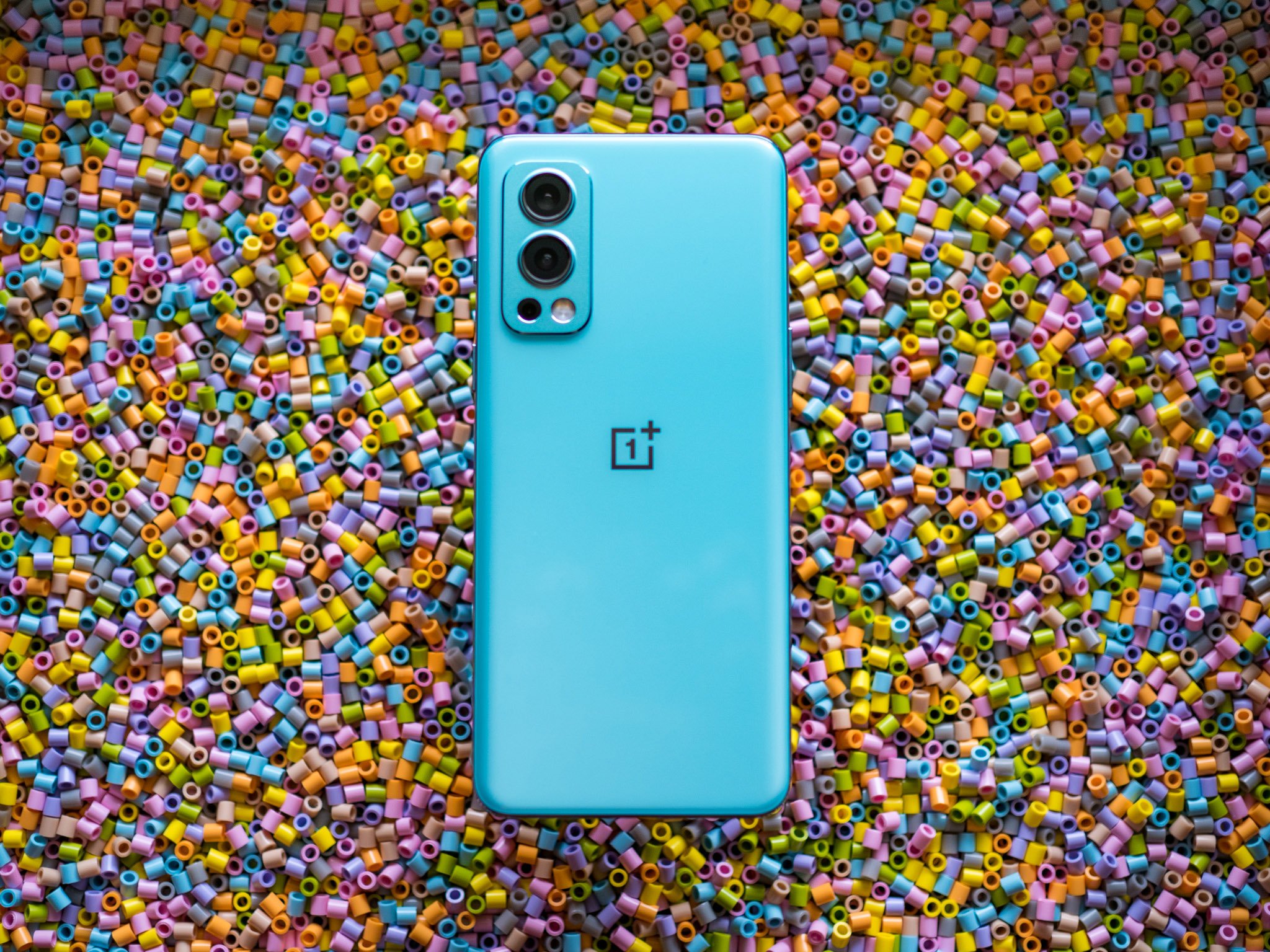
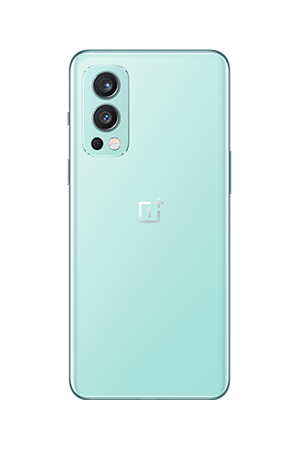
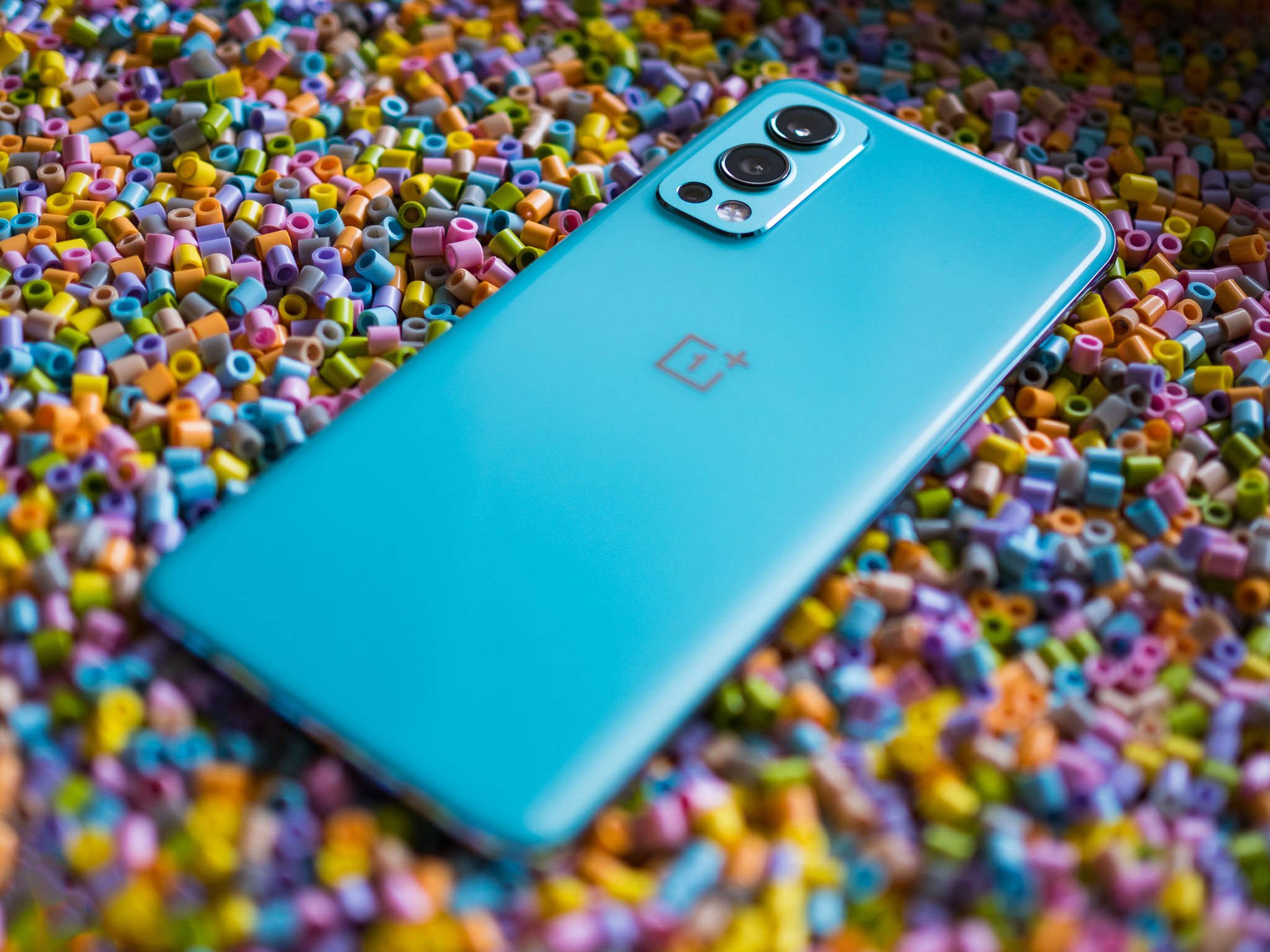
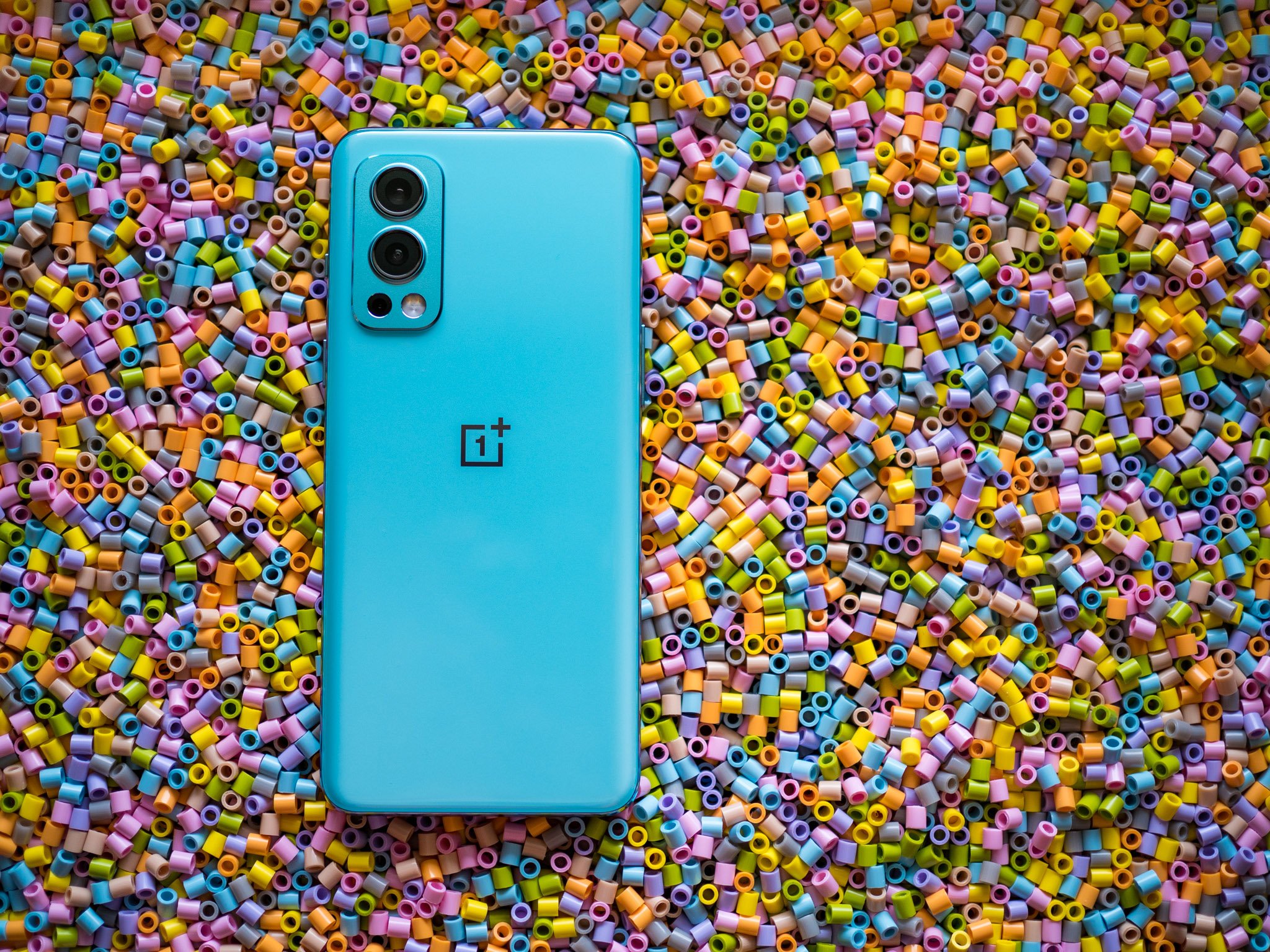
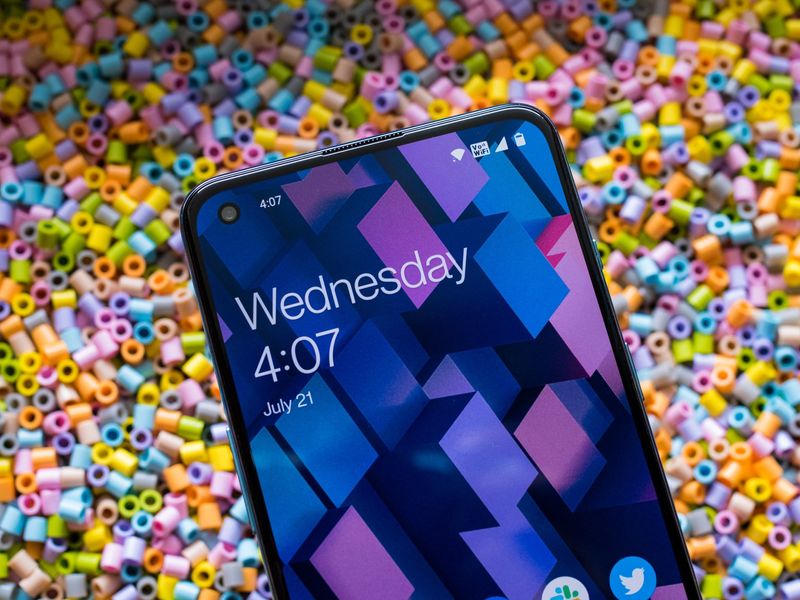
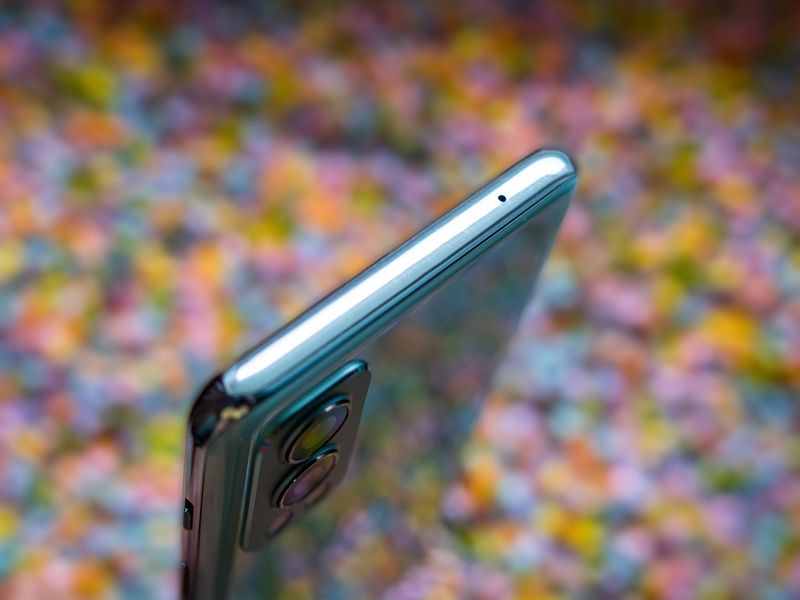
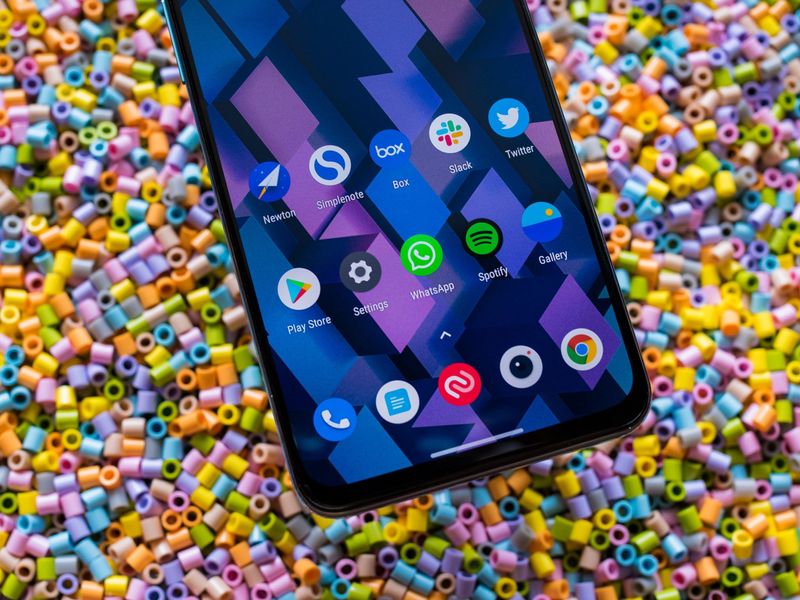
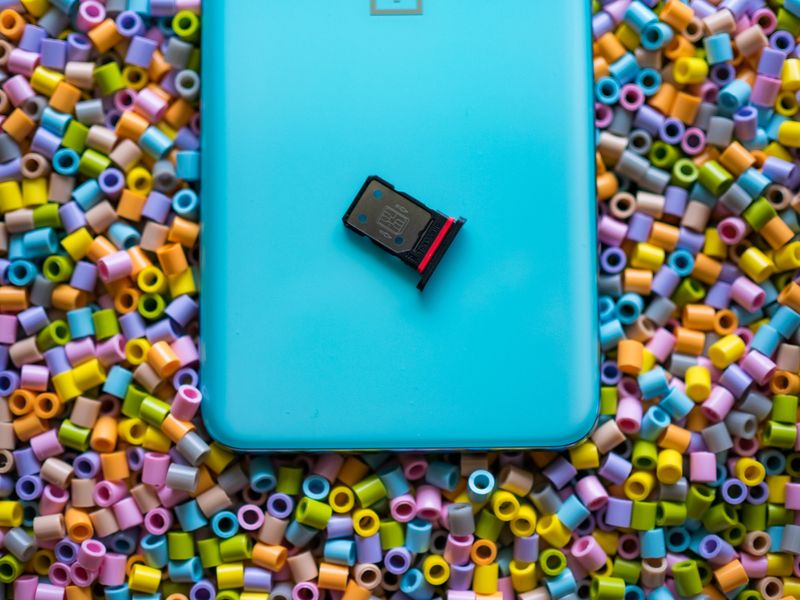
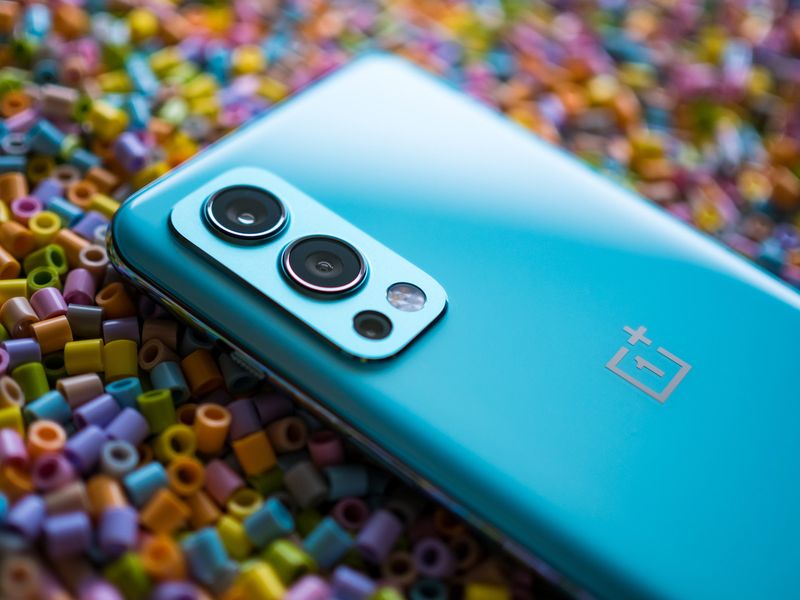
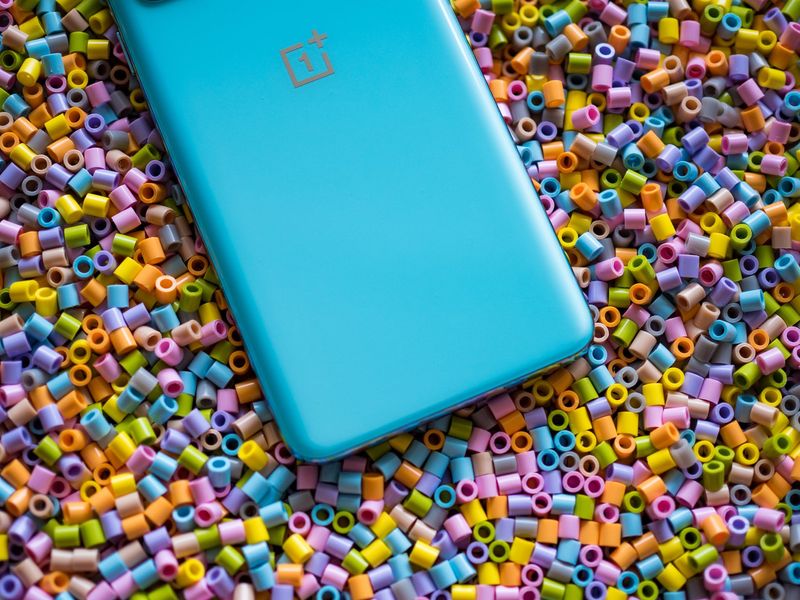

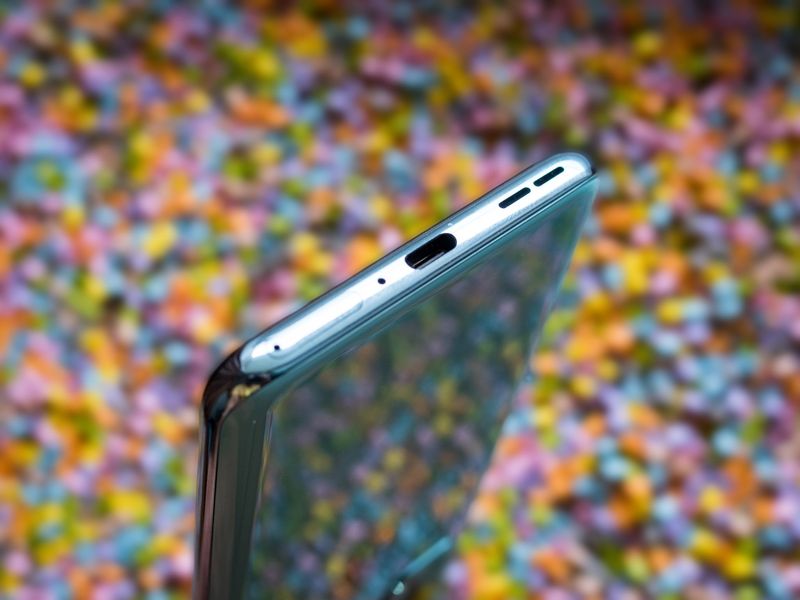
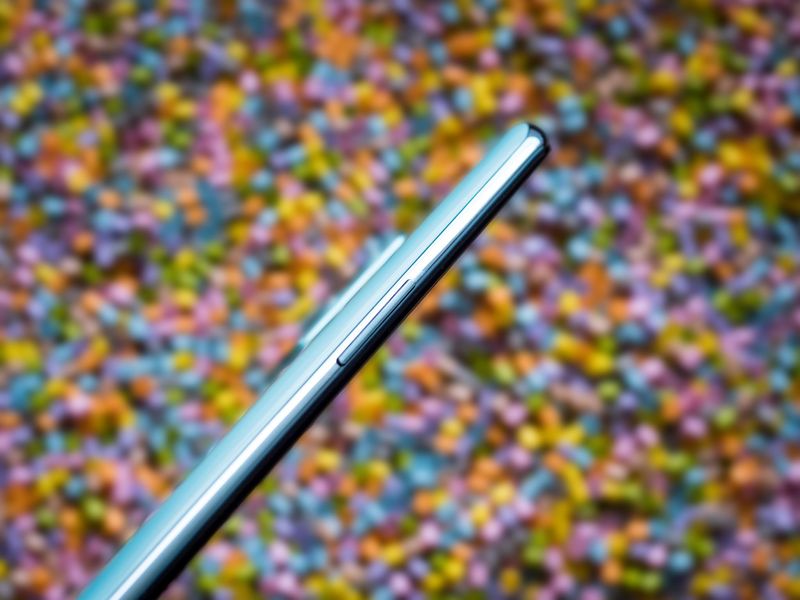
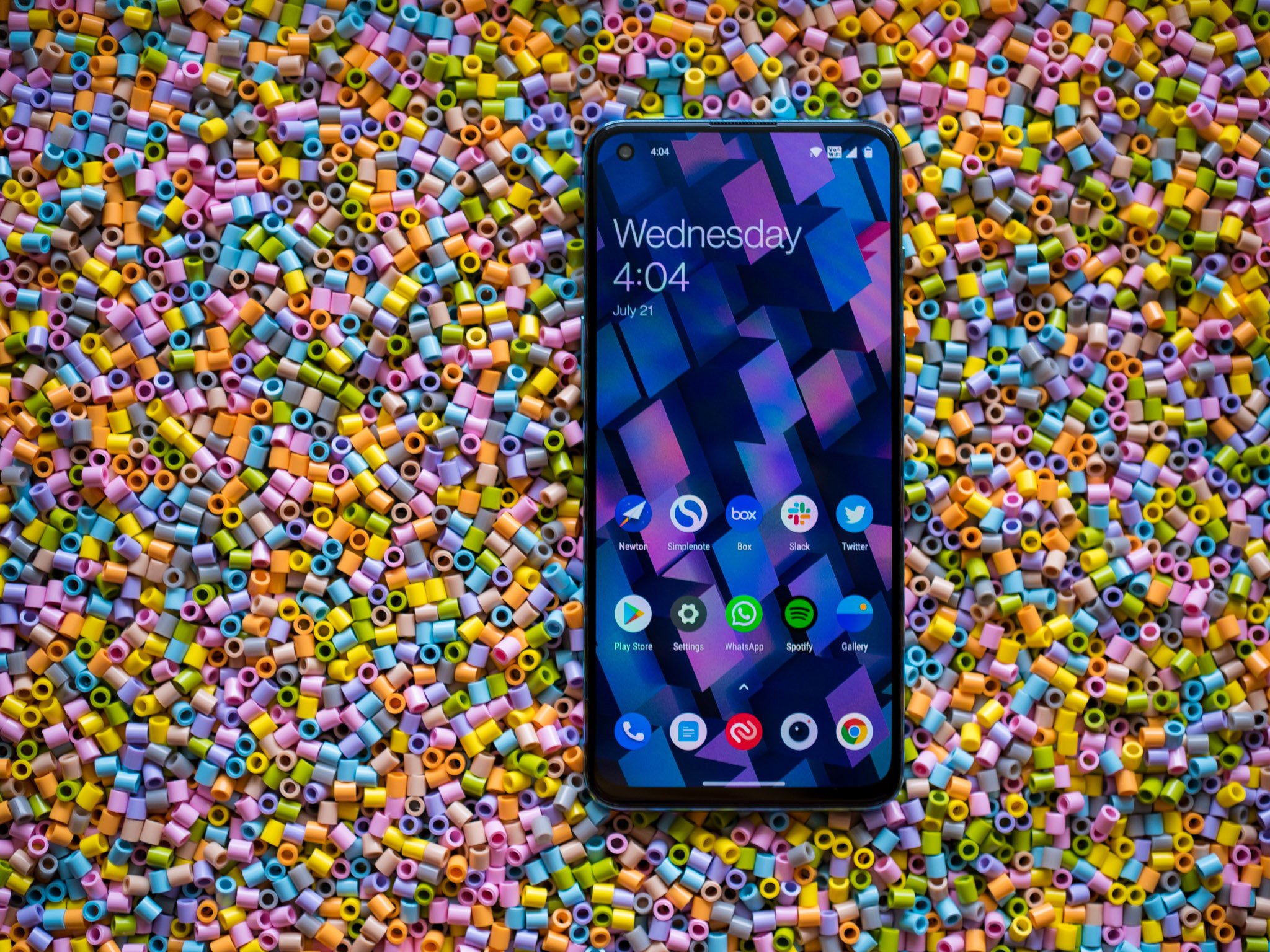
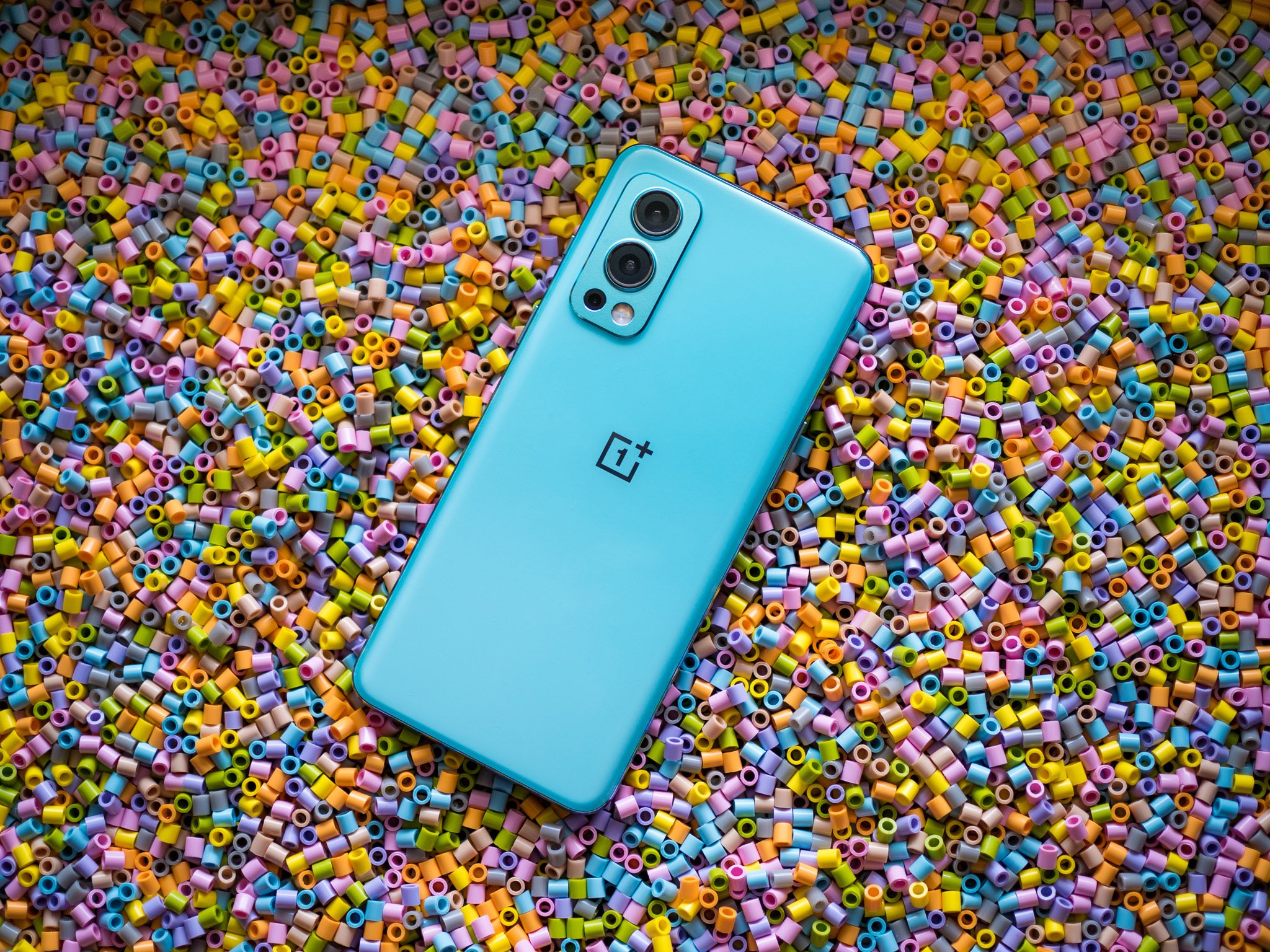
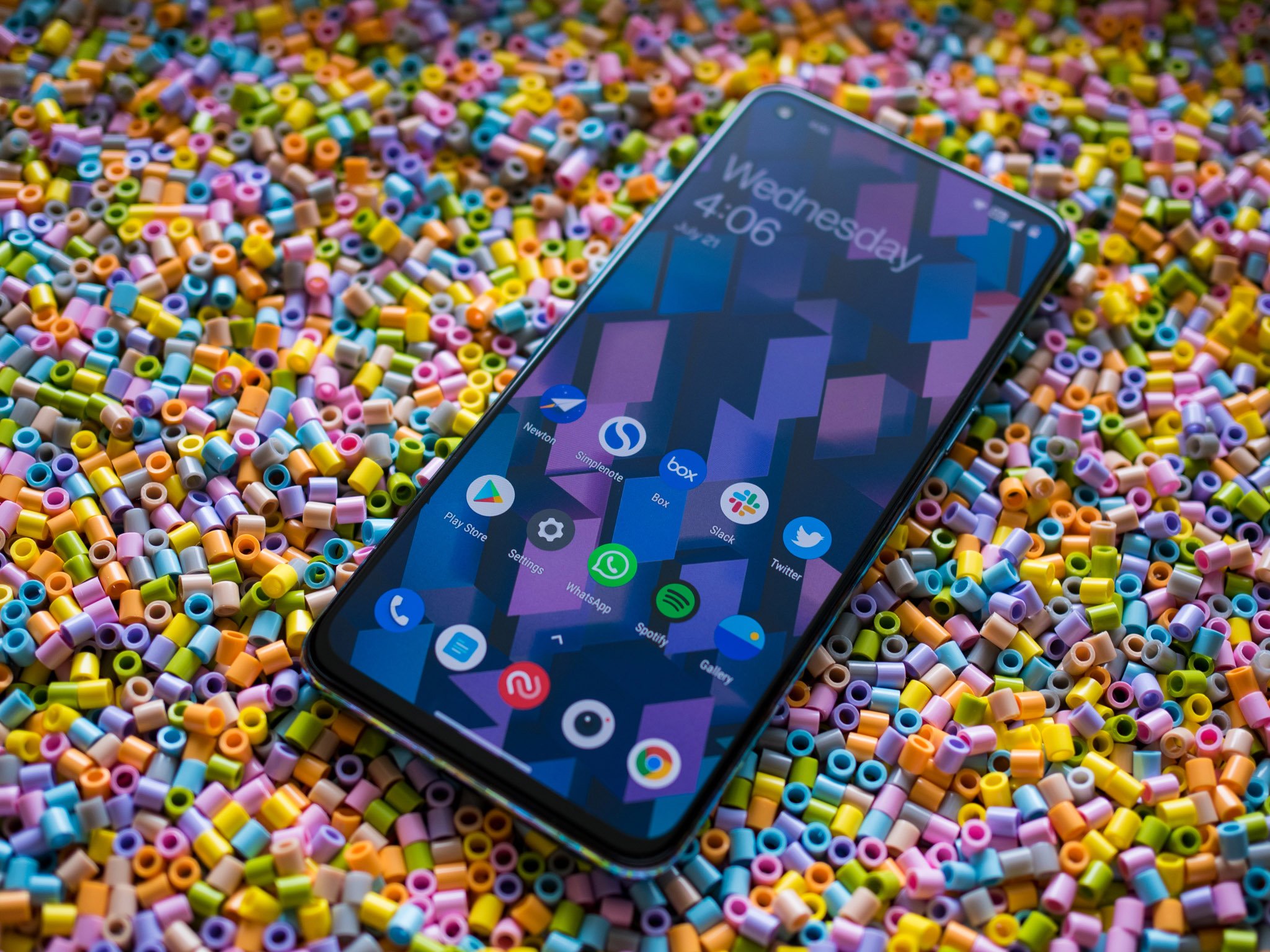
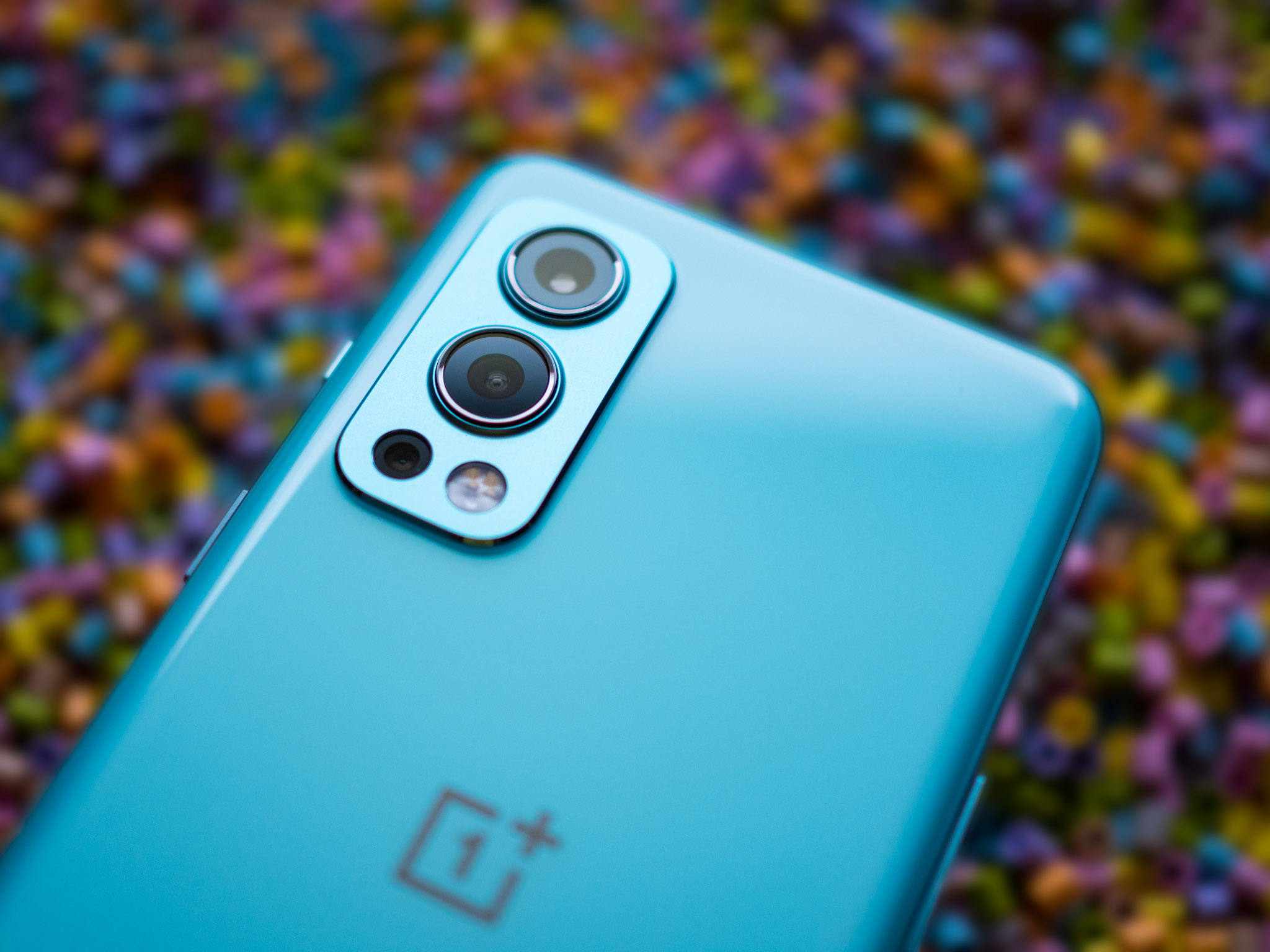


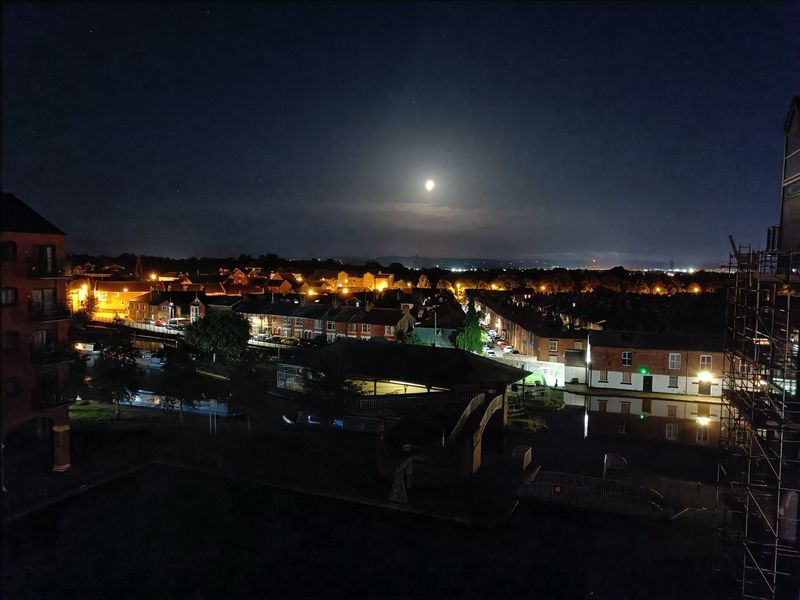



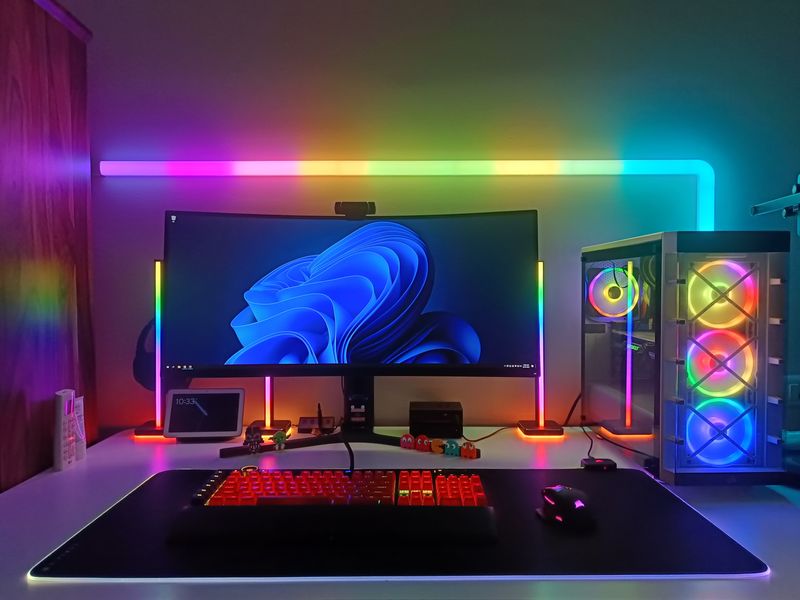
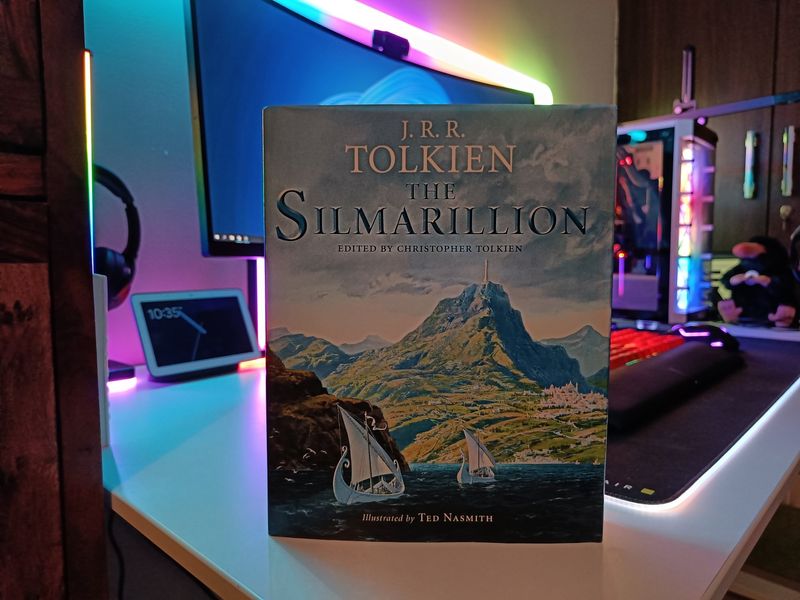
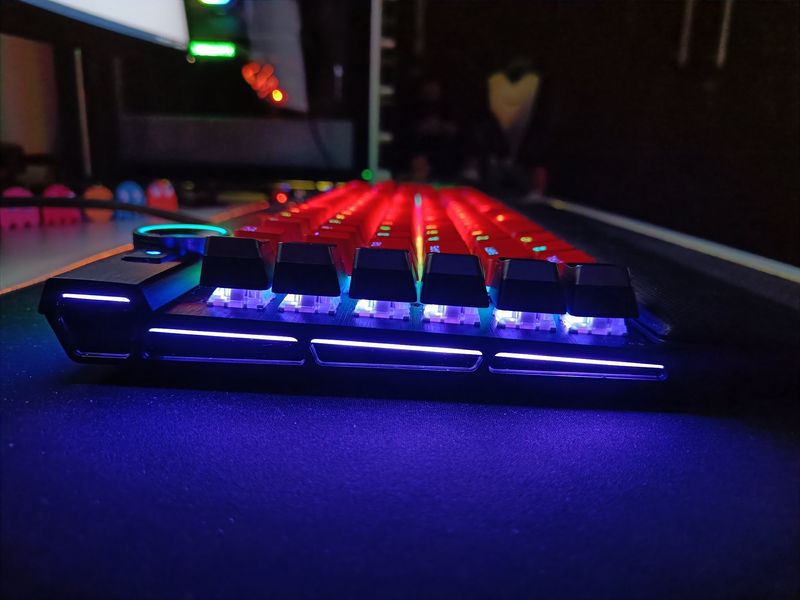
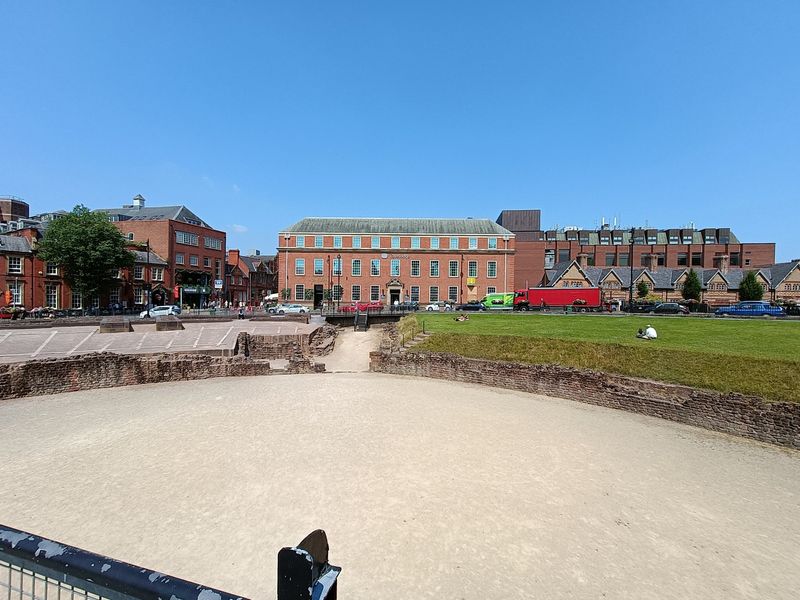
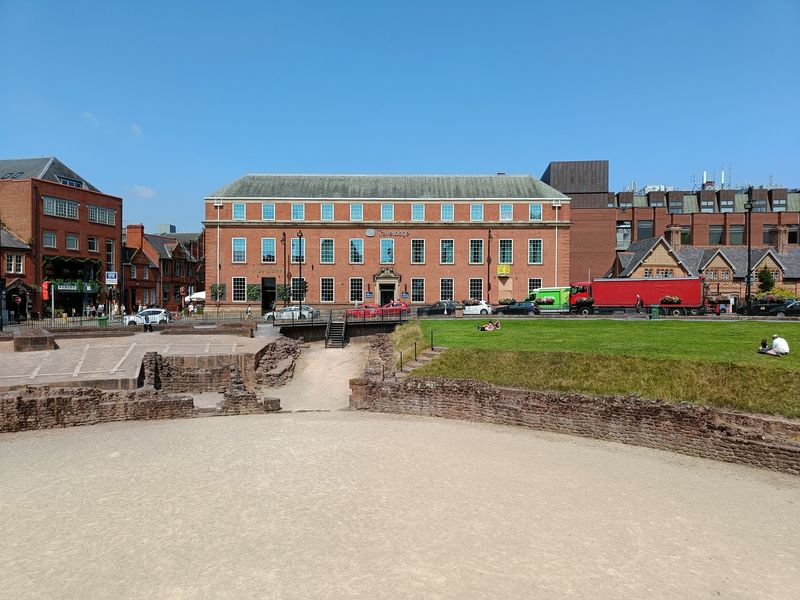

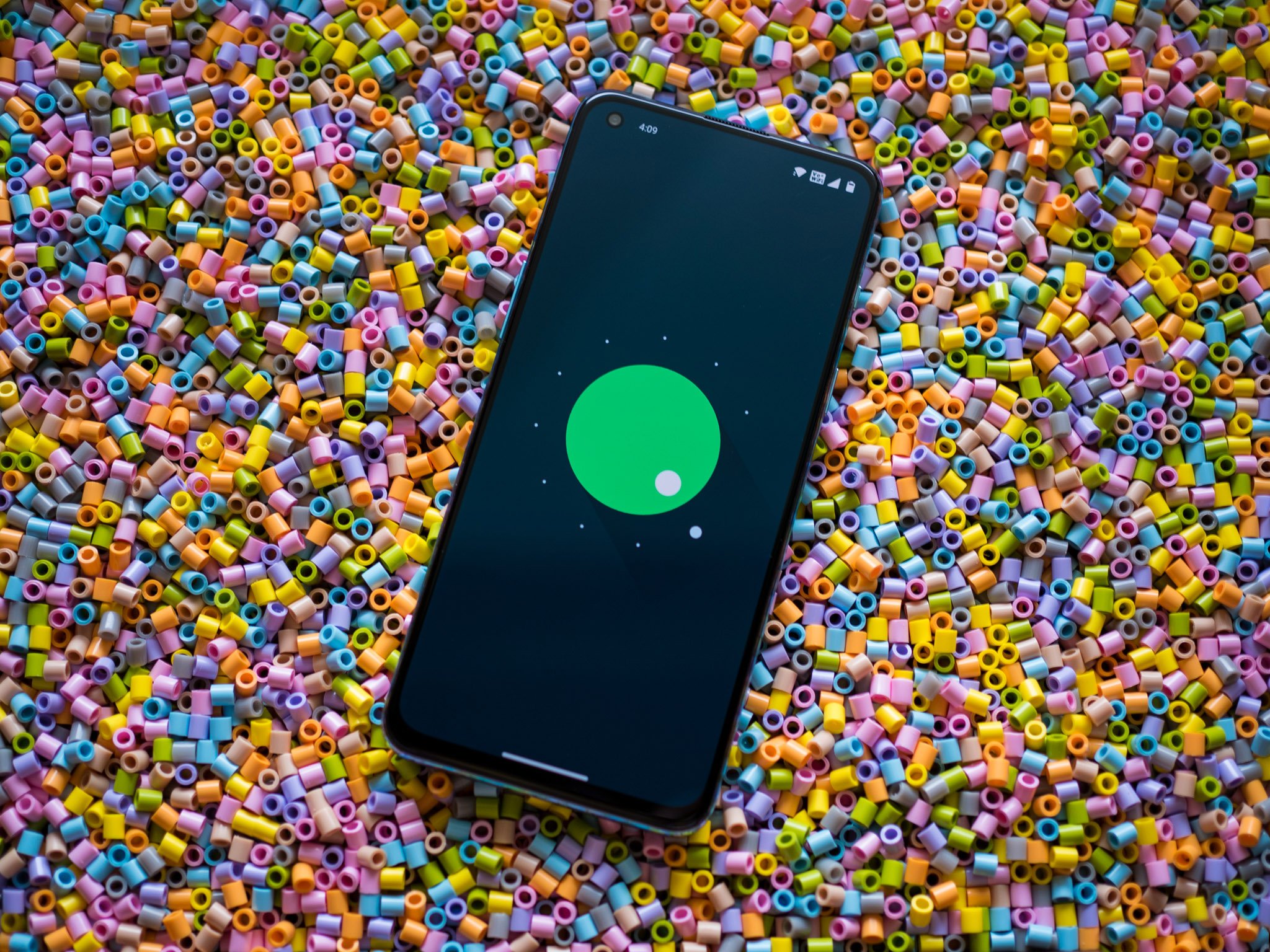
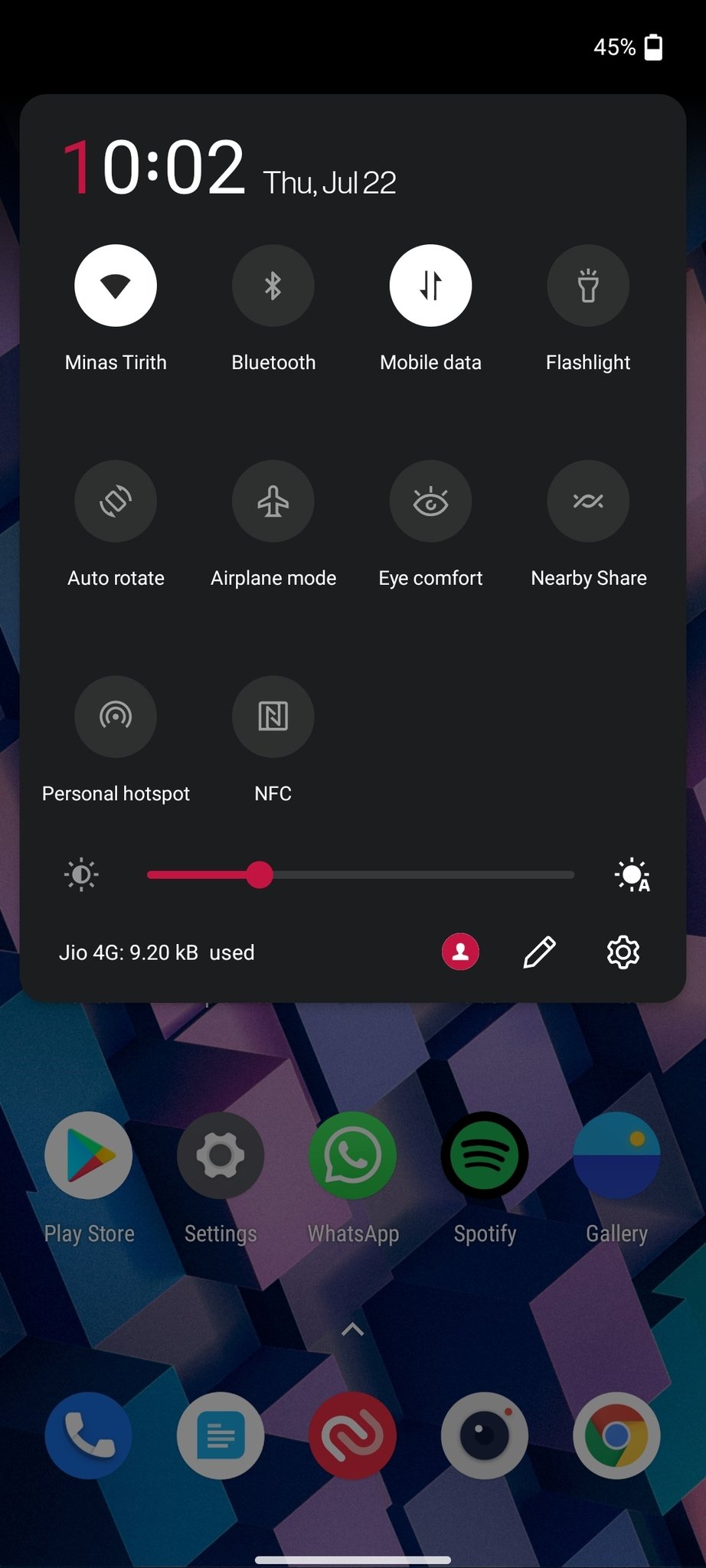
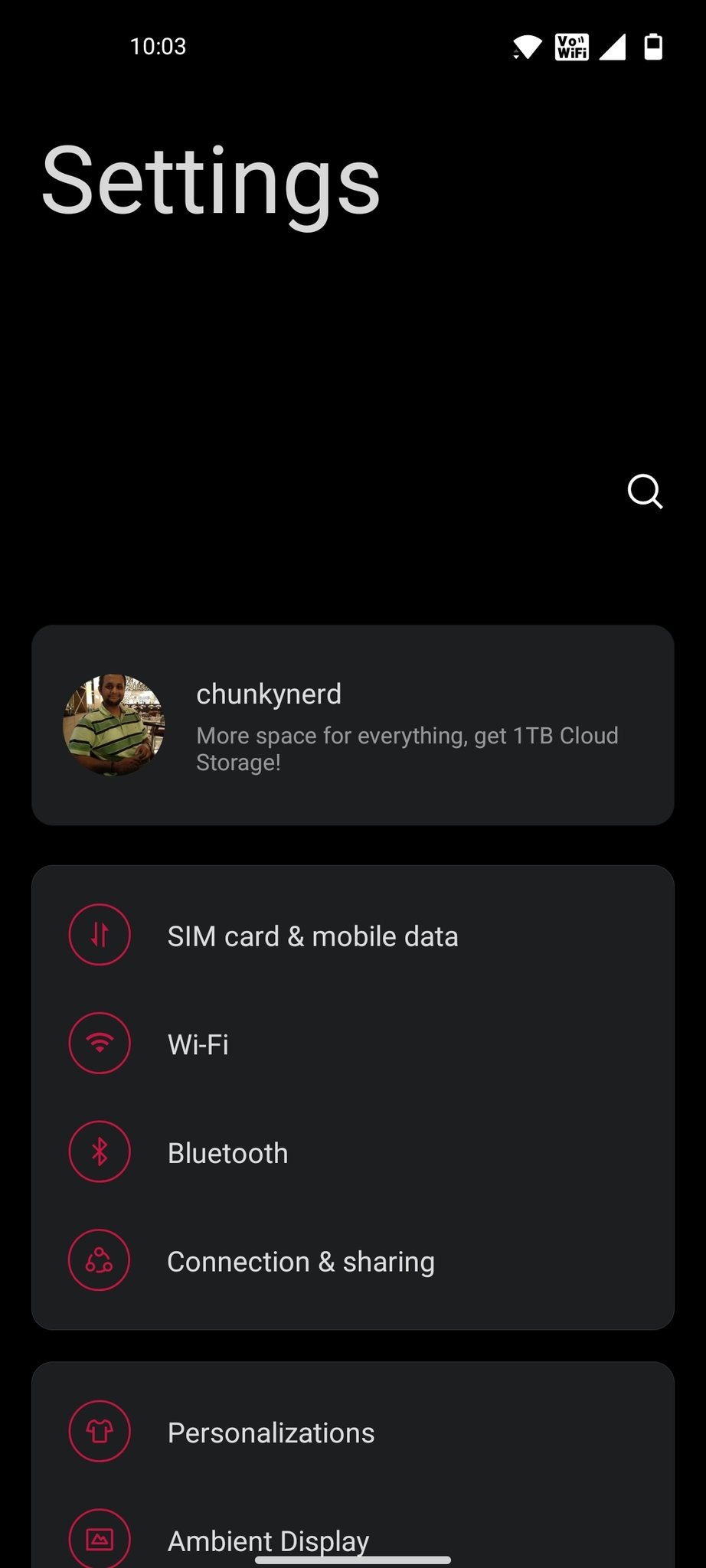
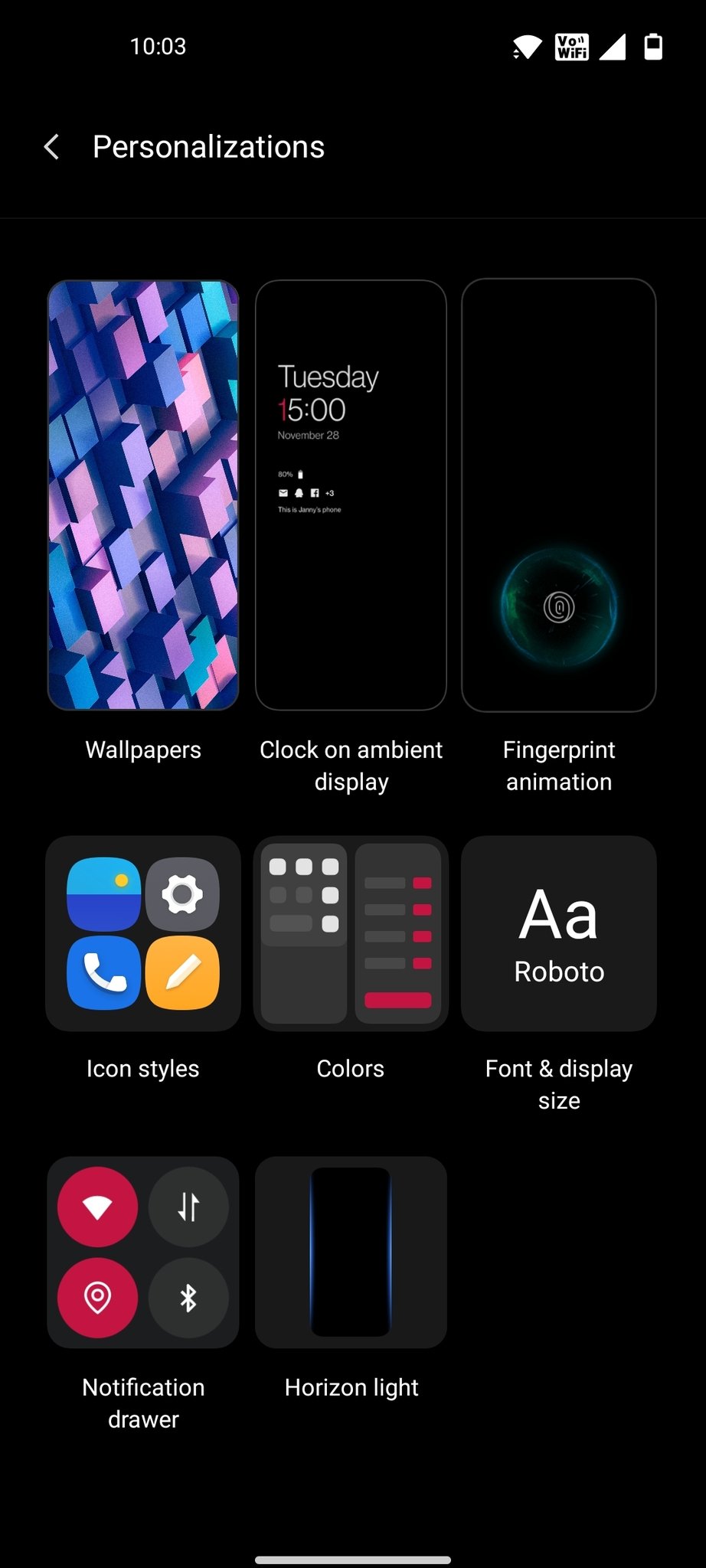
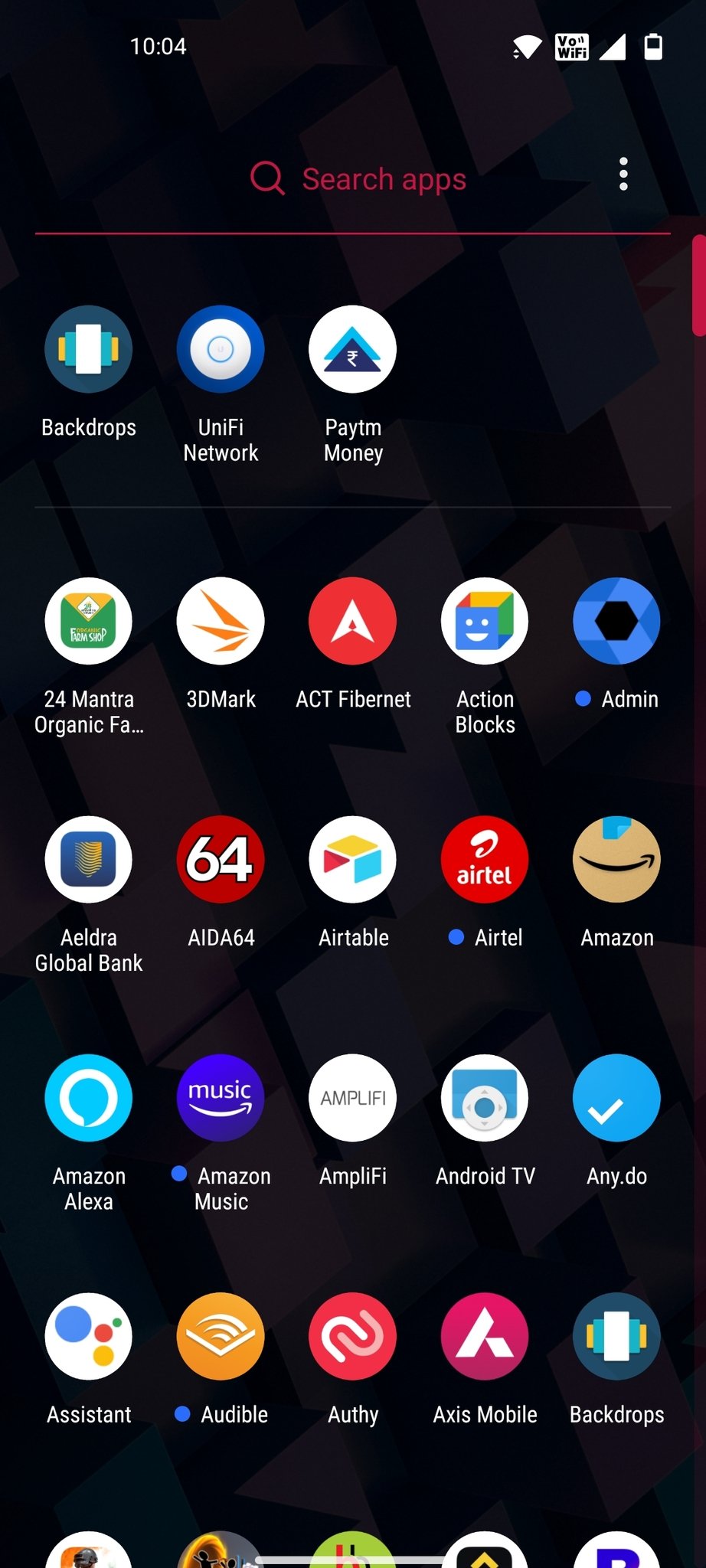
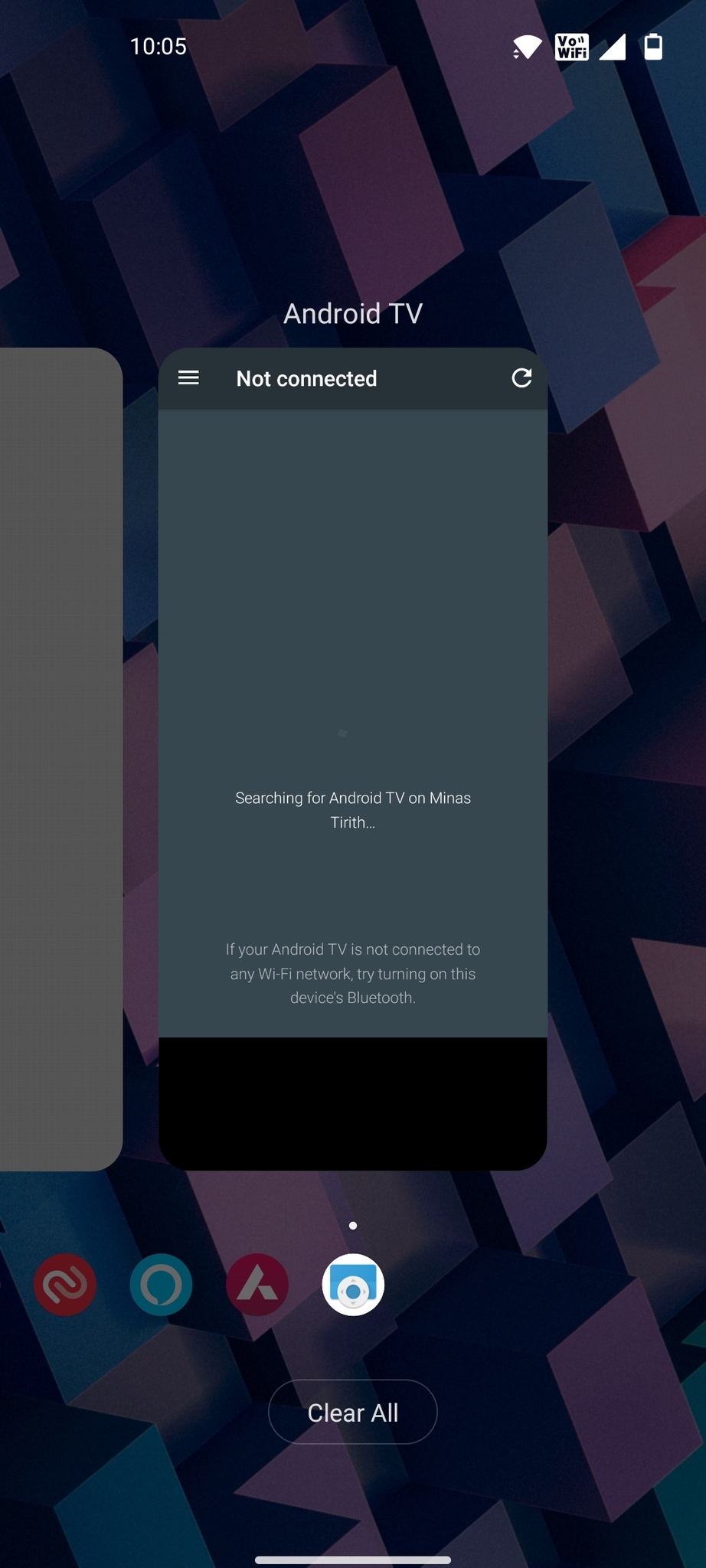
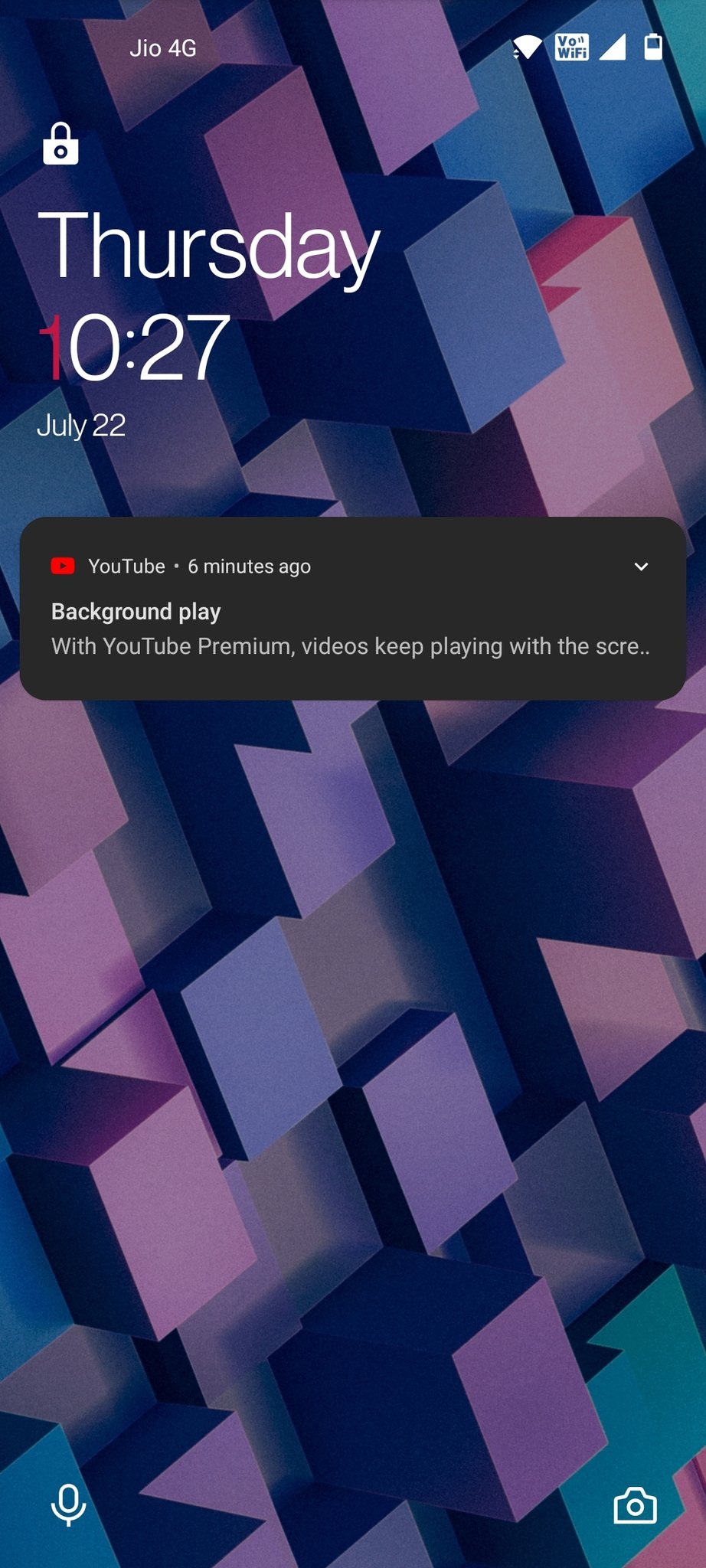
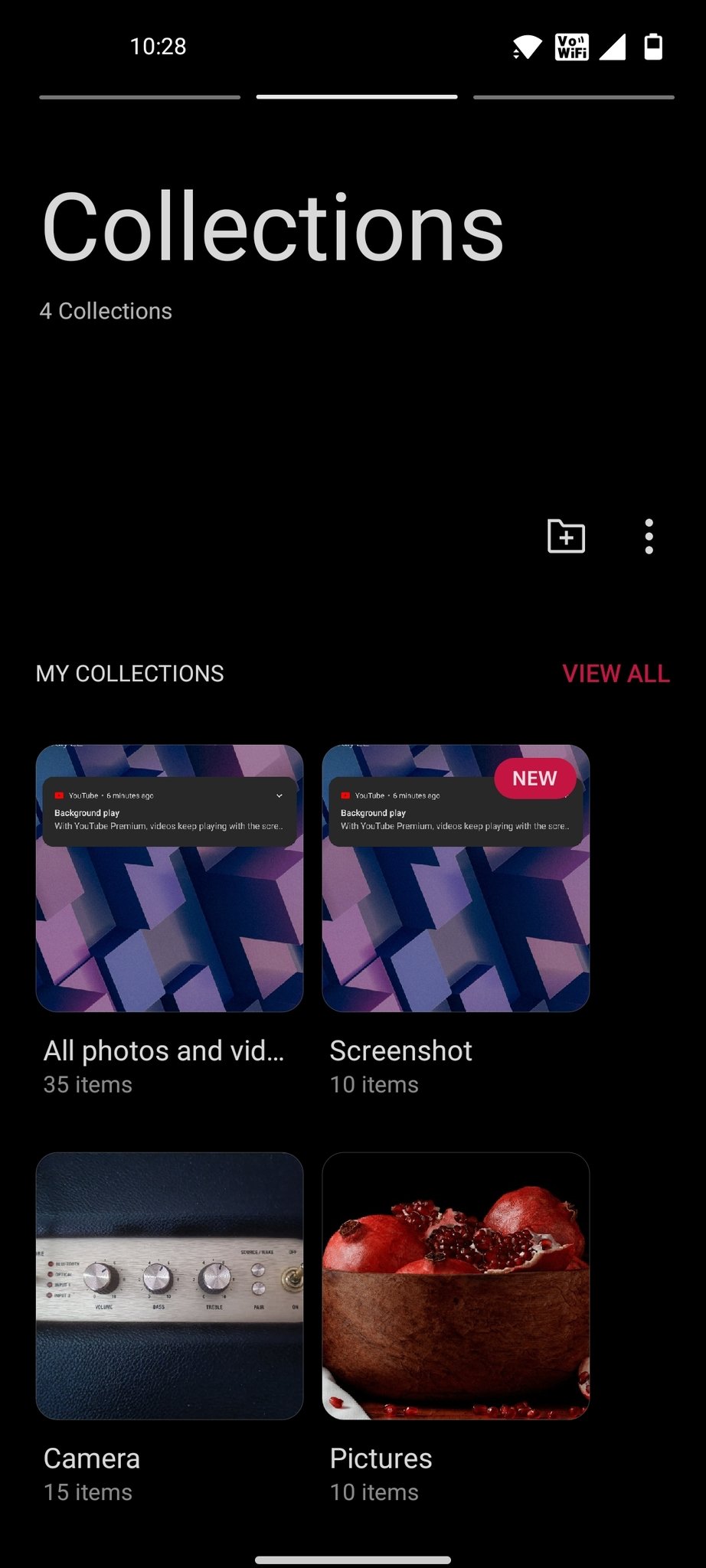
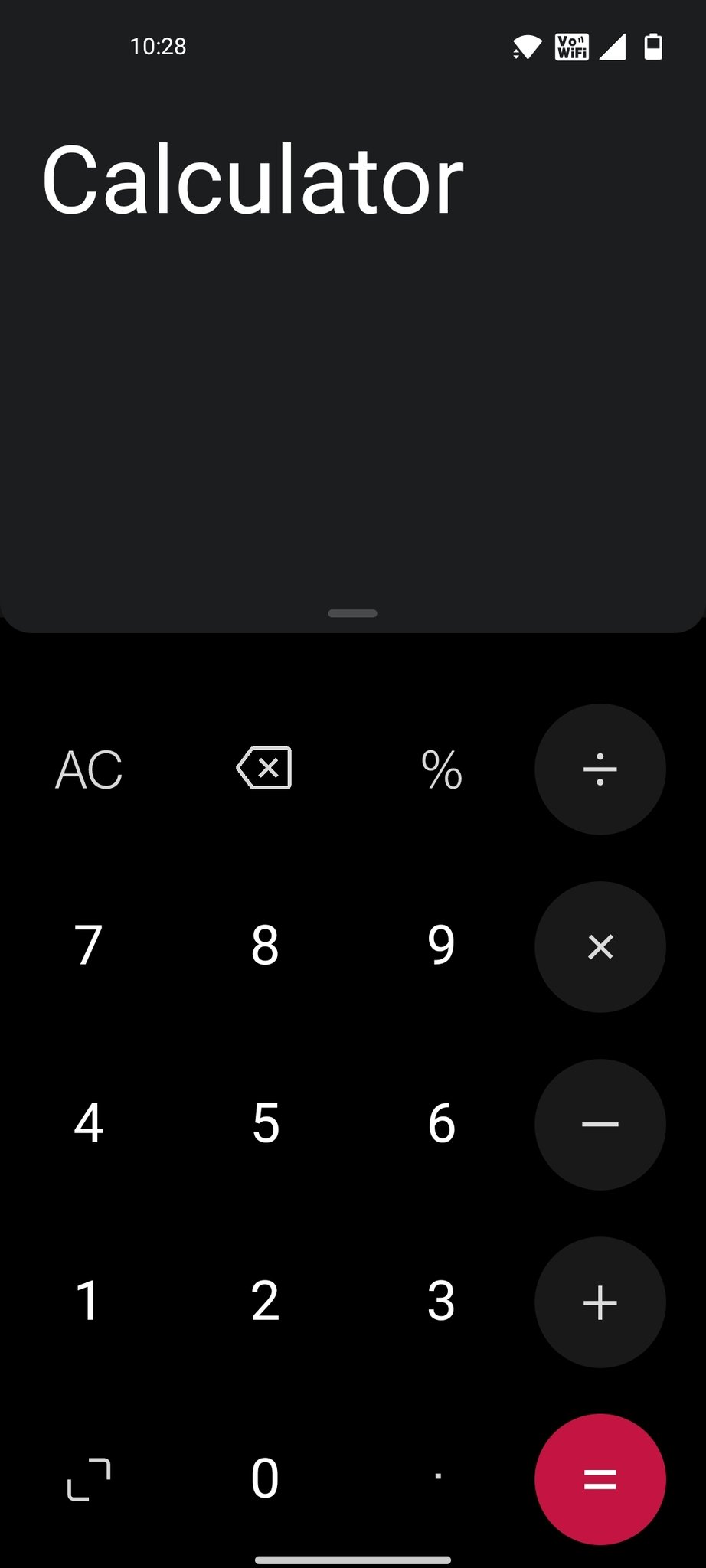
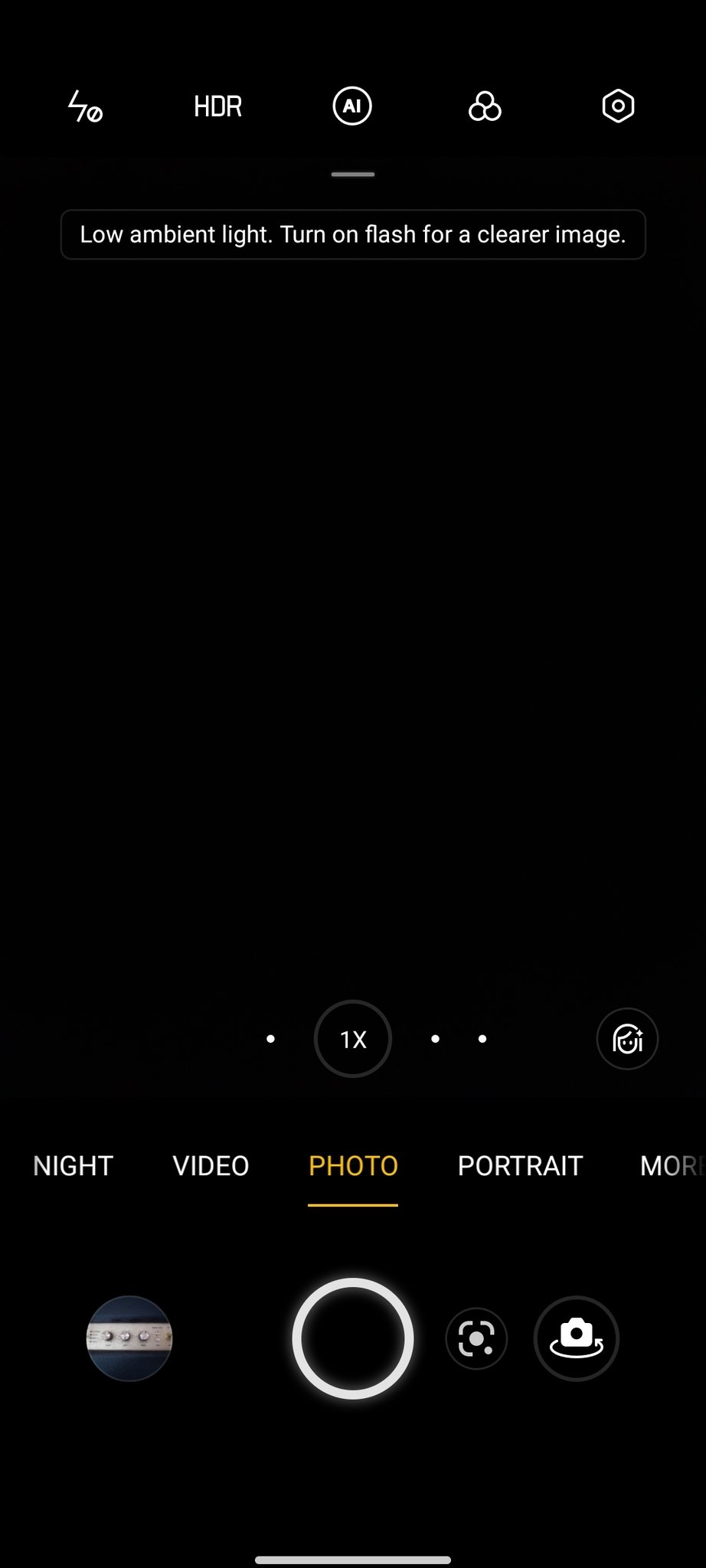
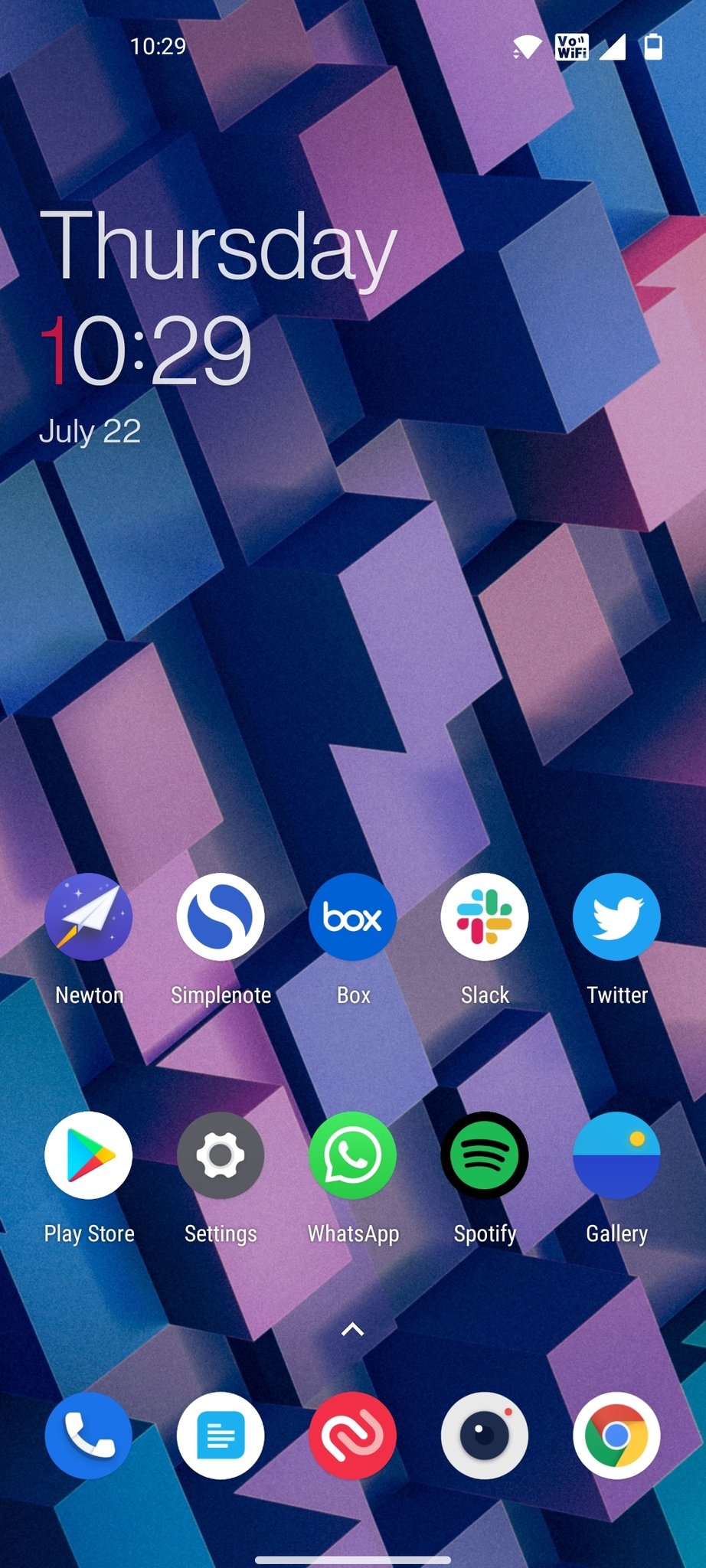
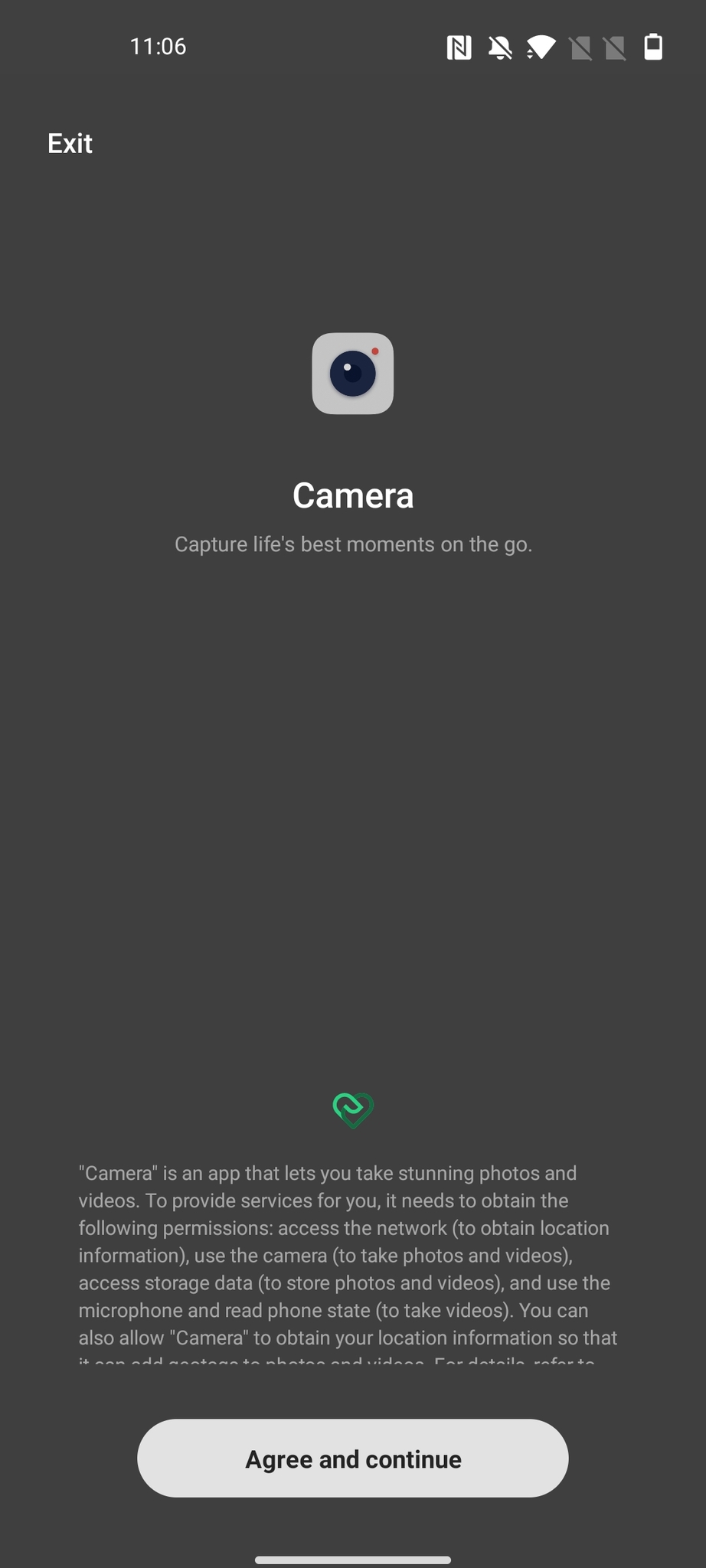
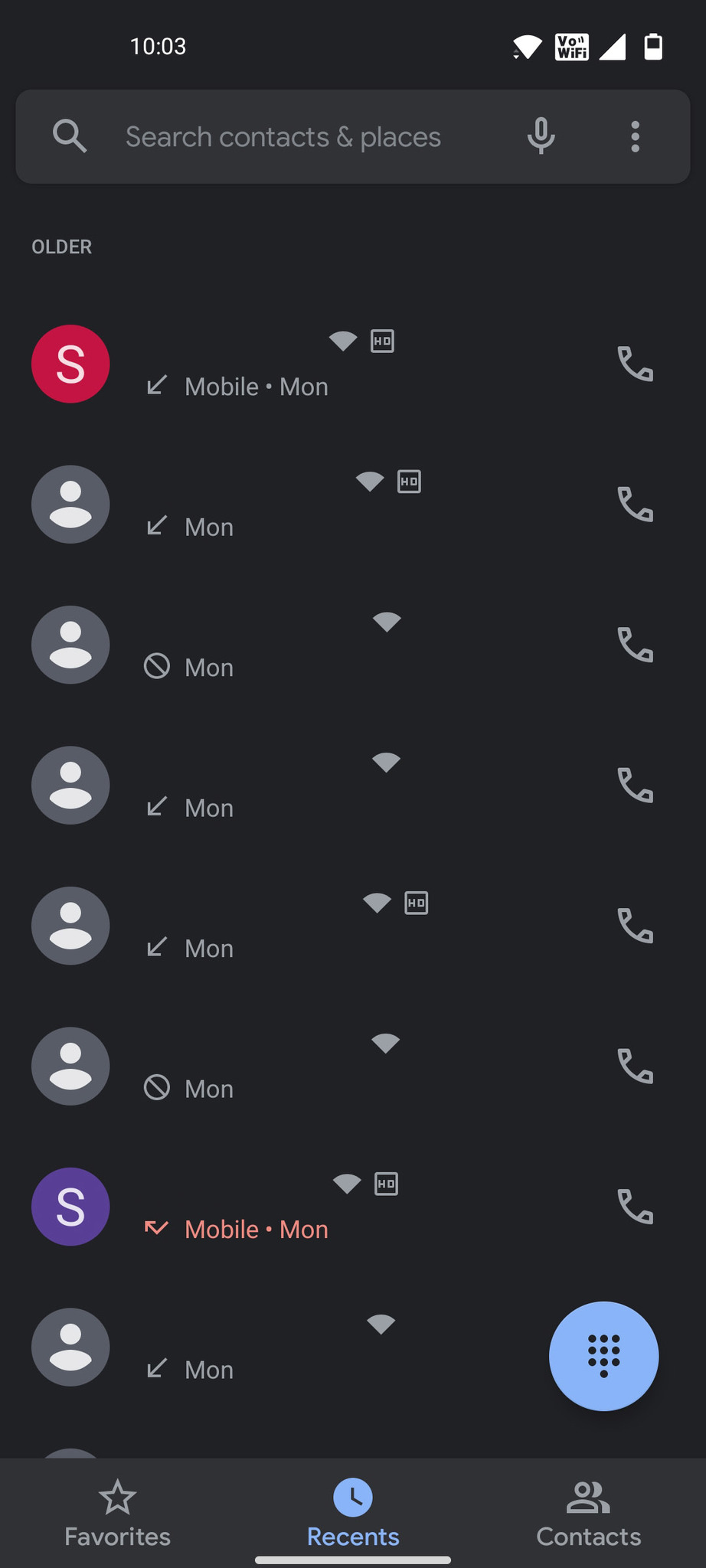
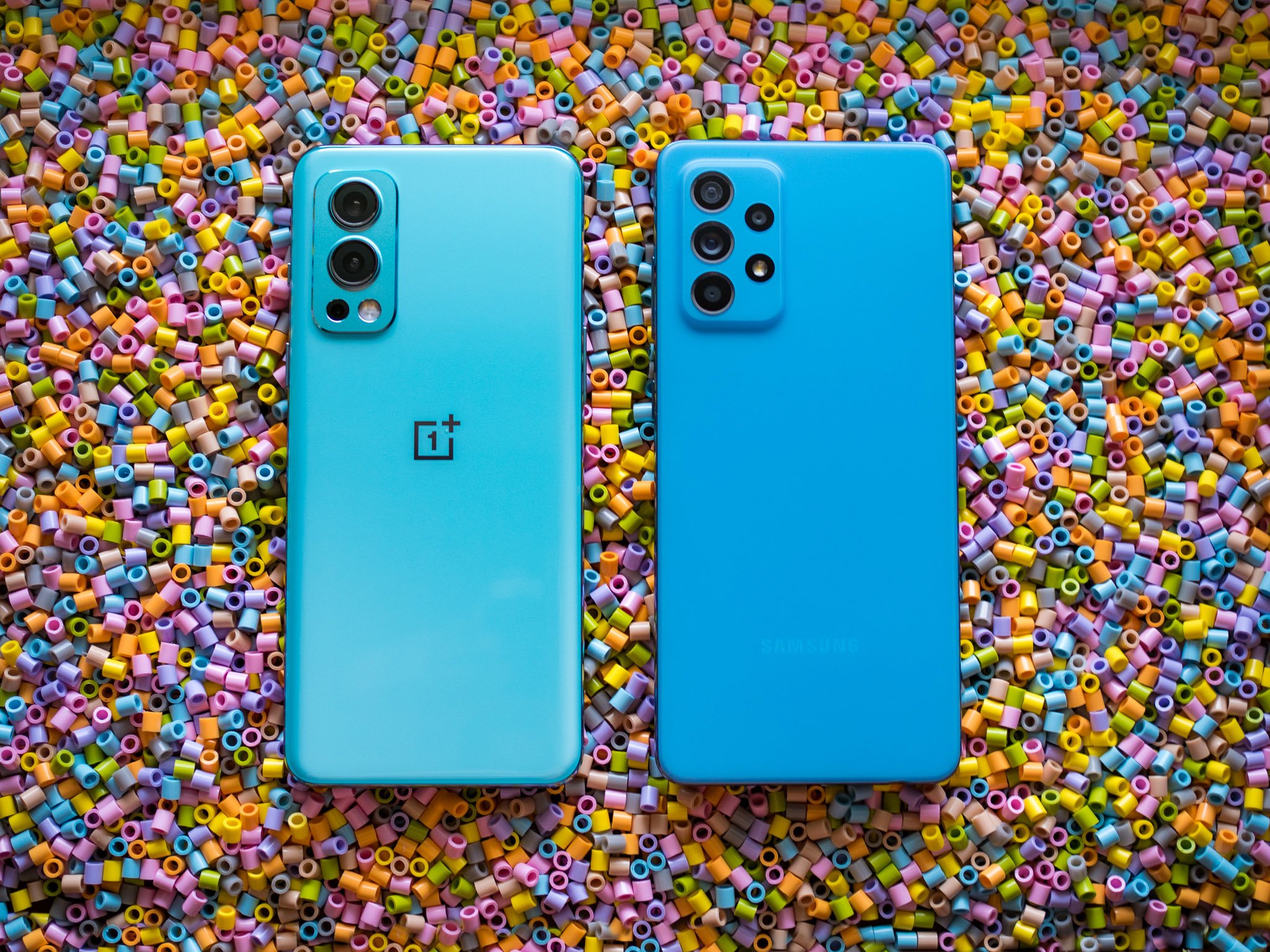
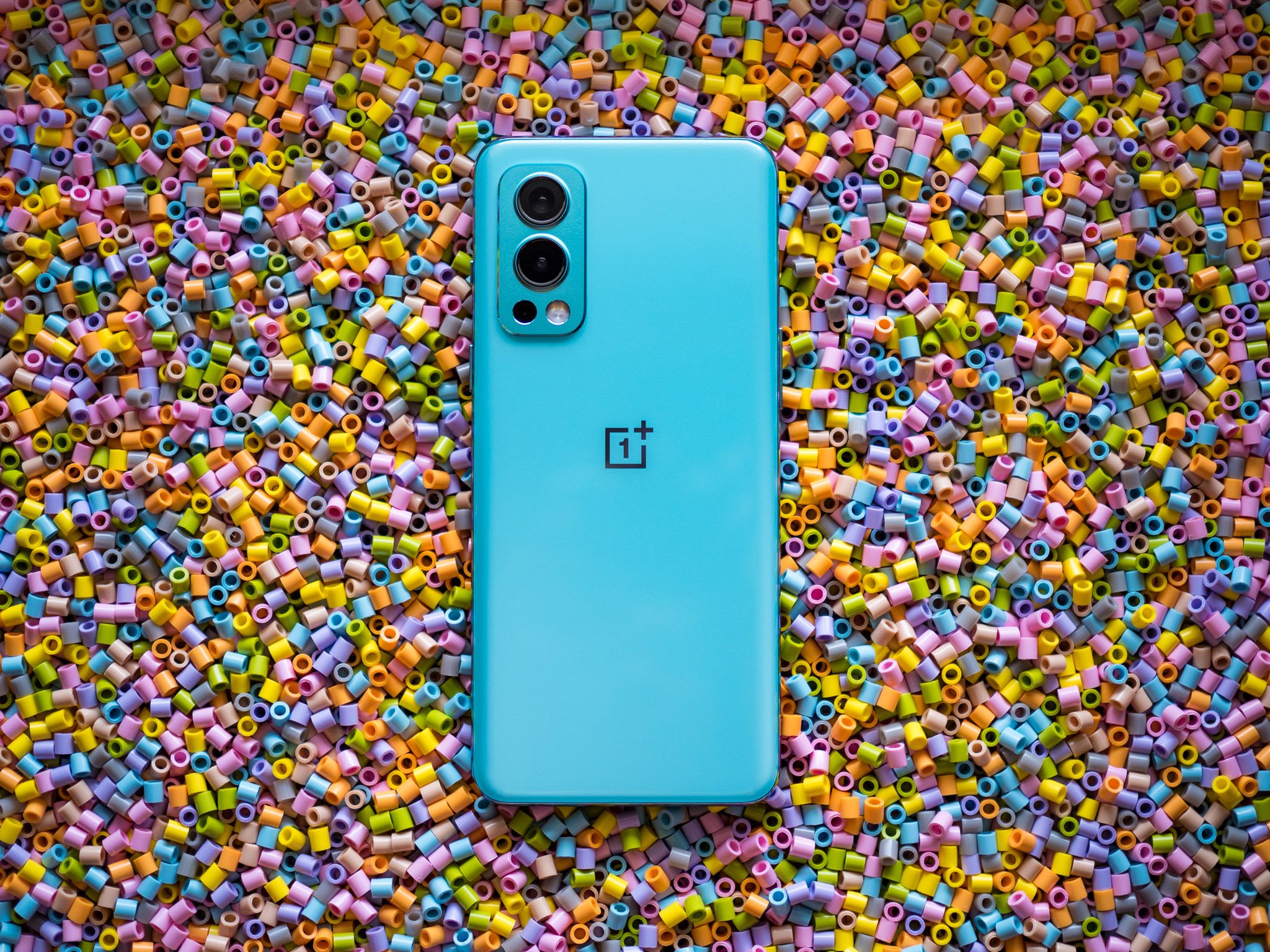
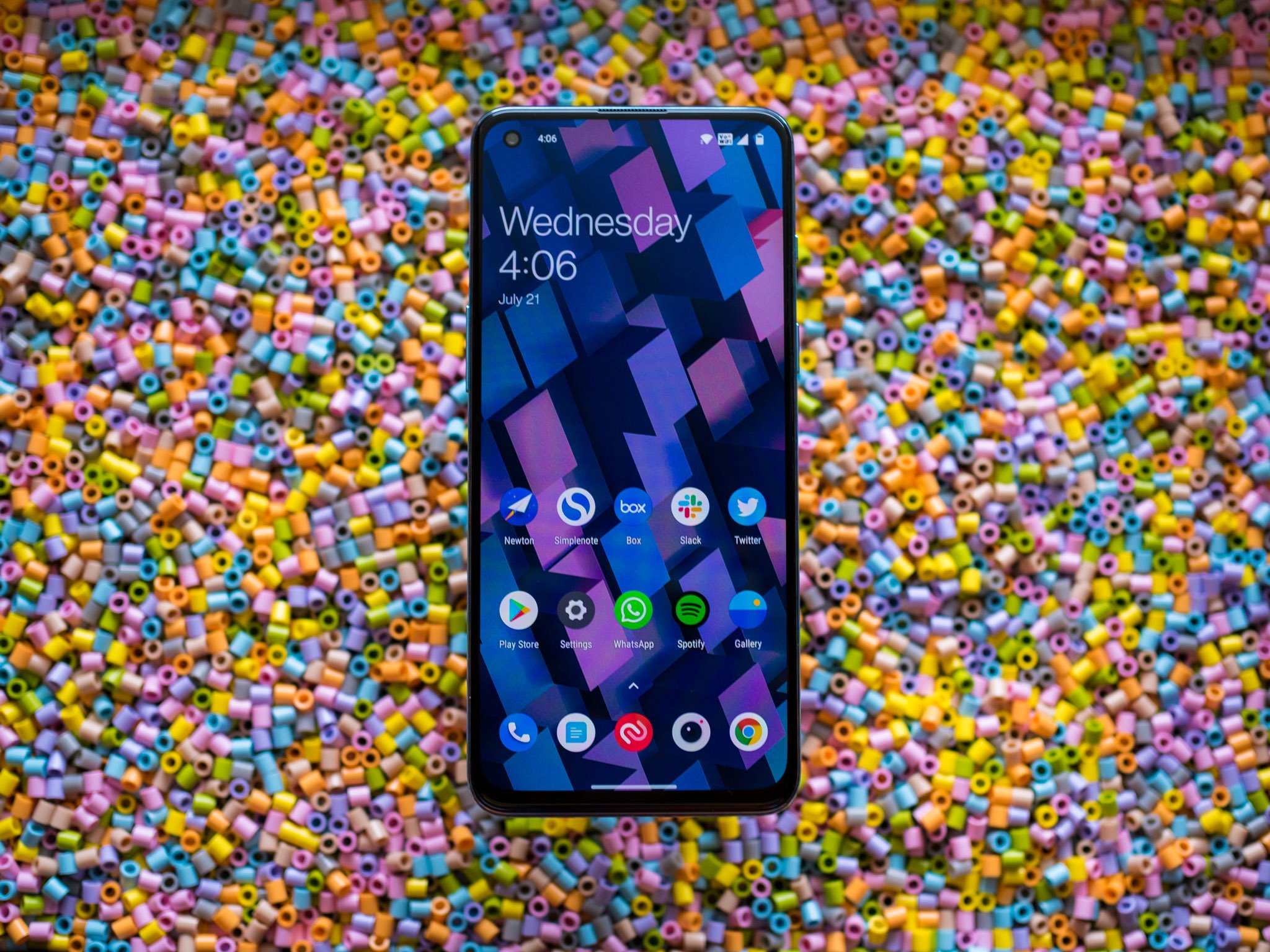
0 Commentaires